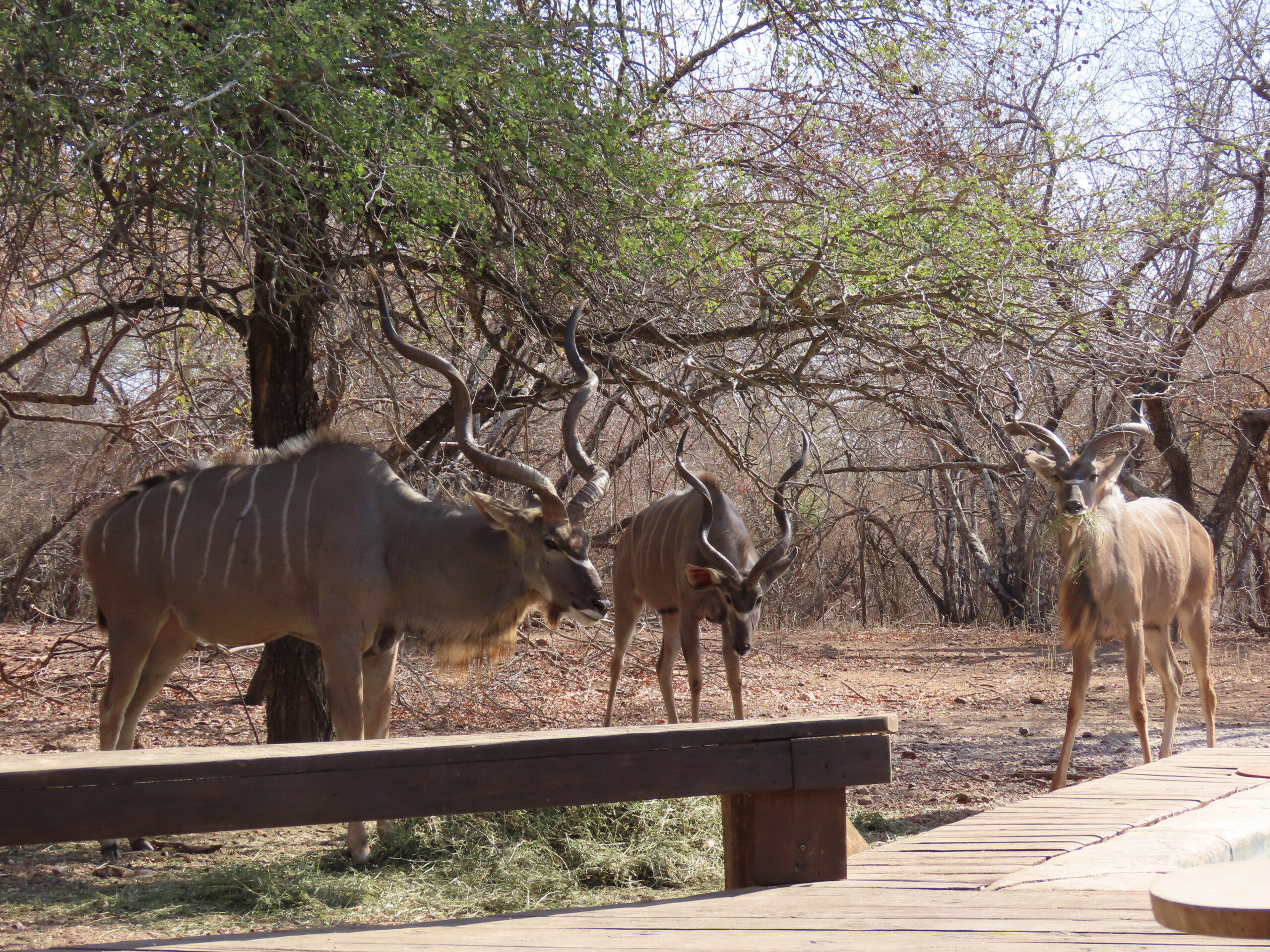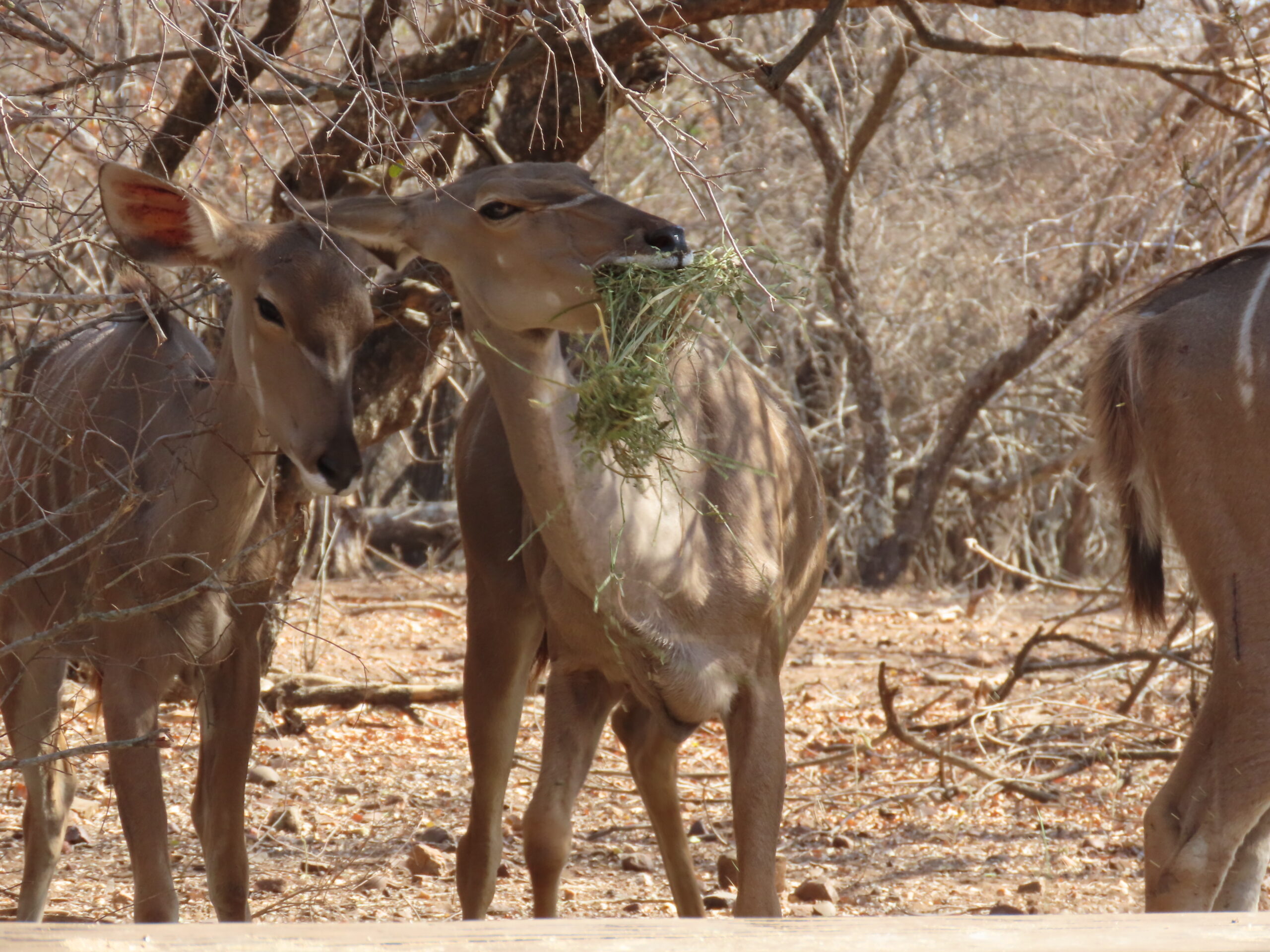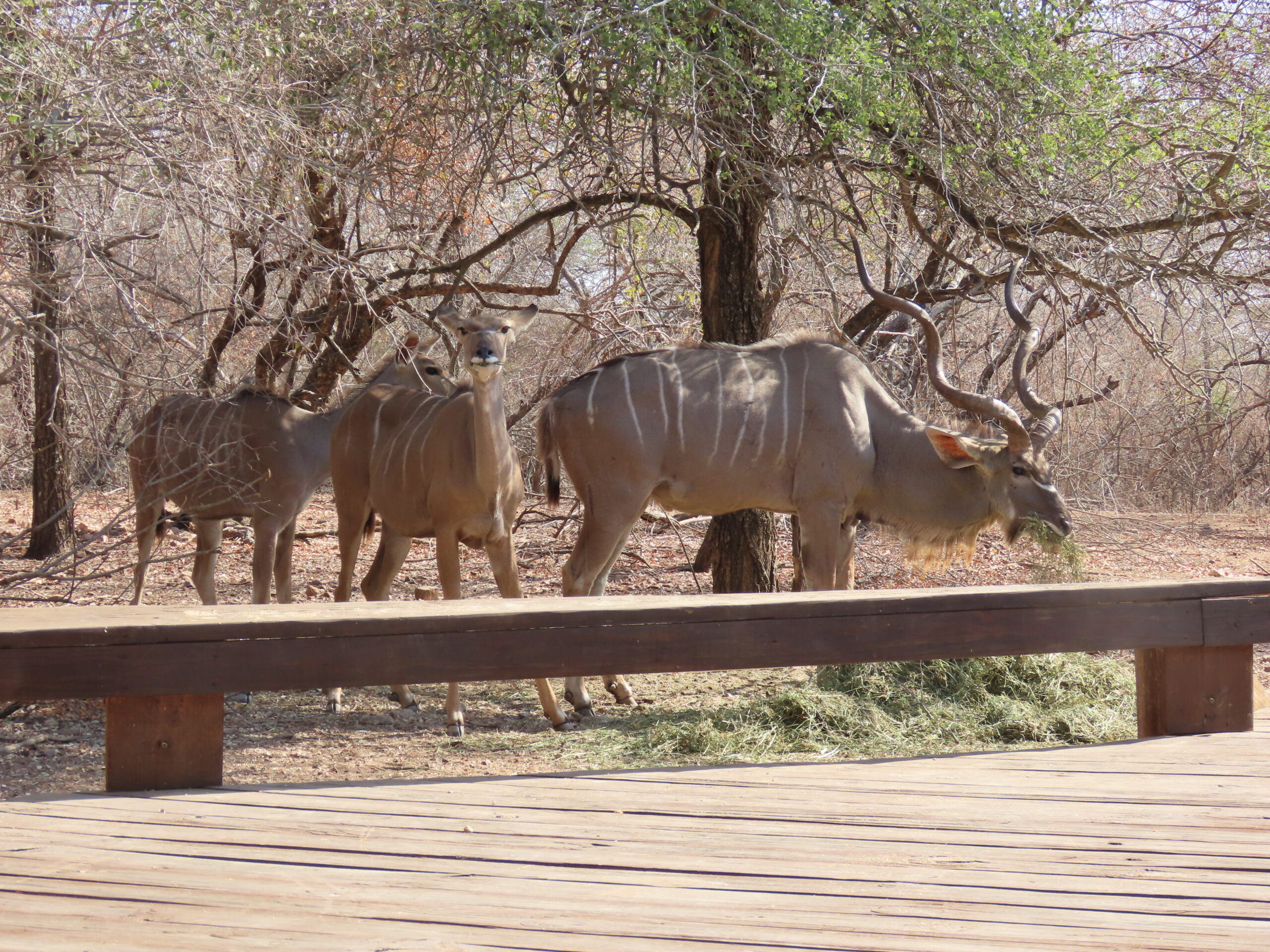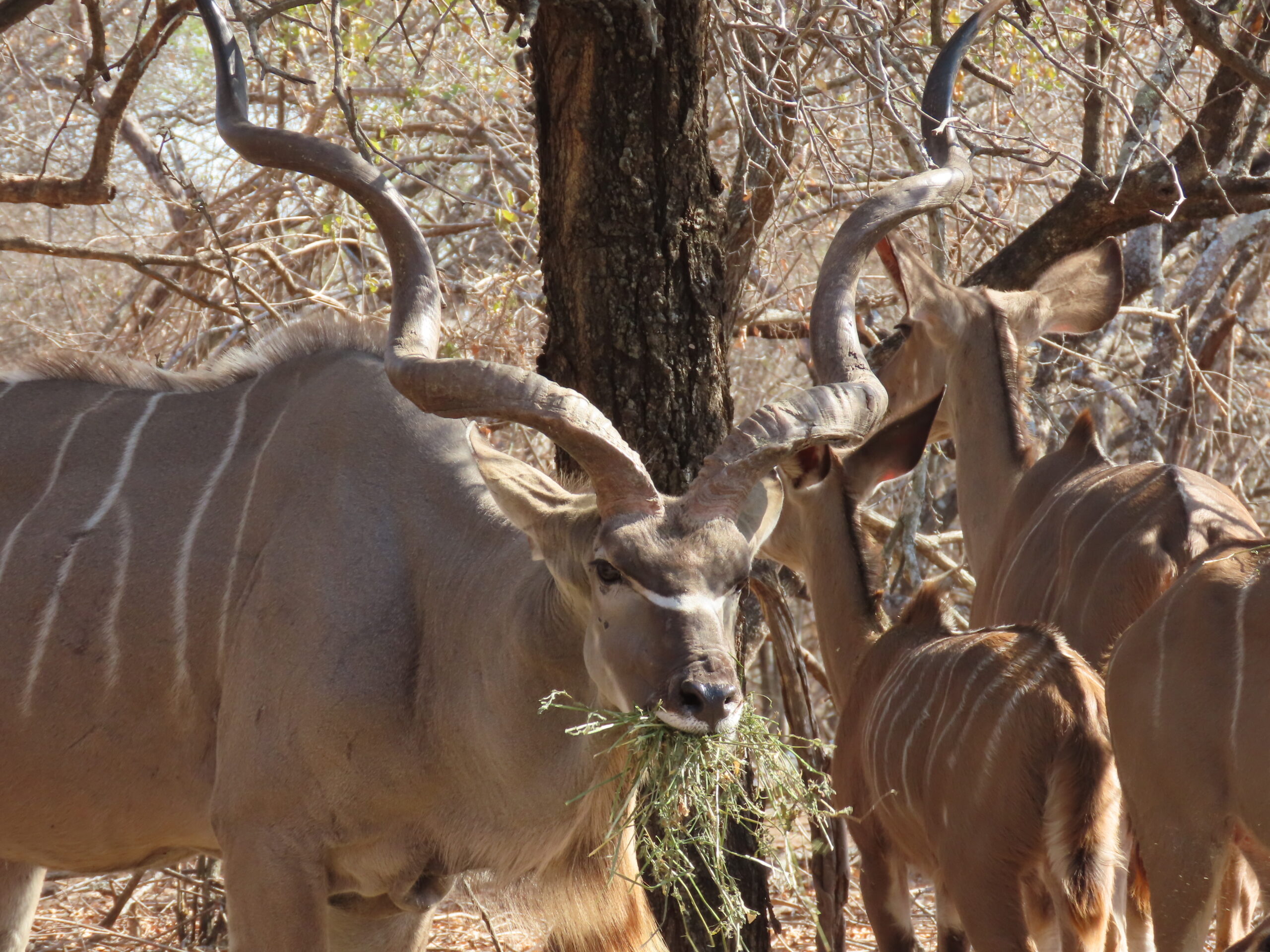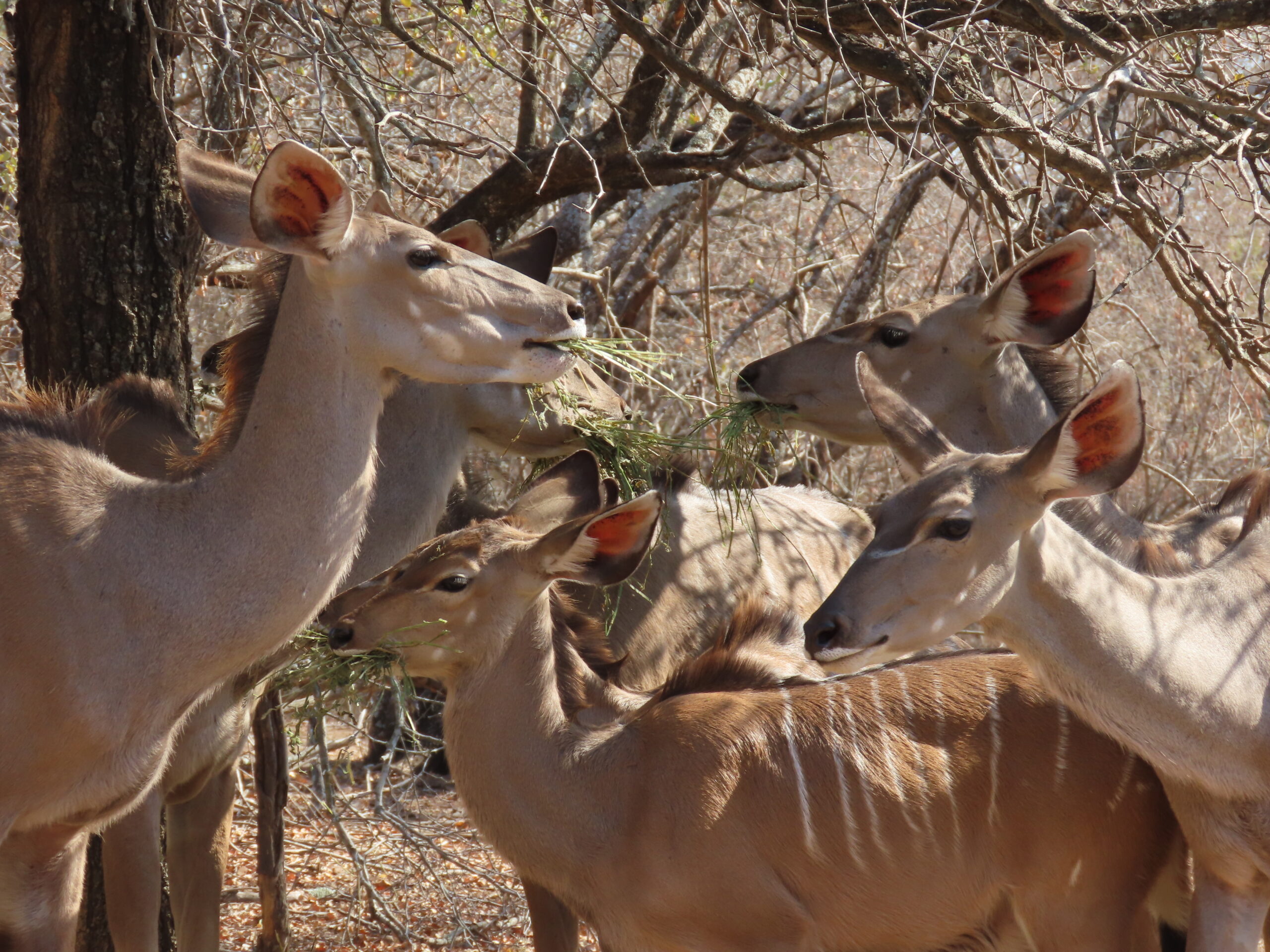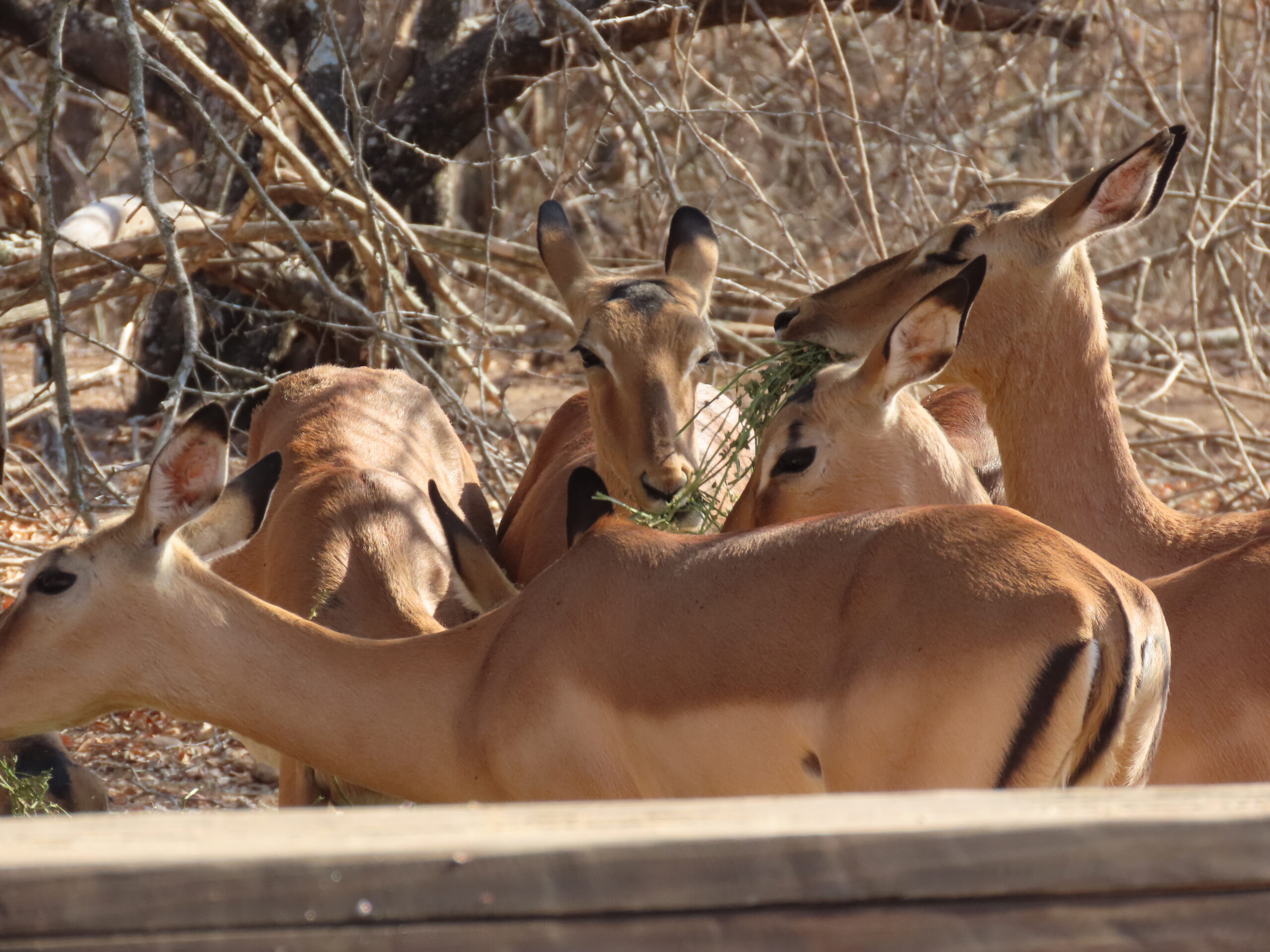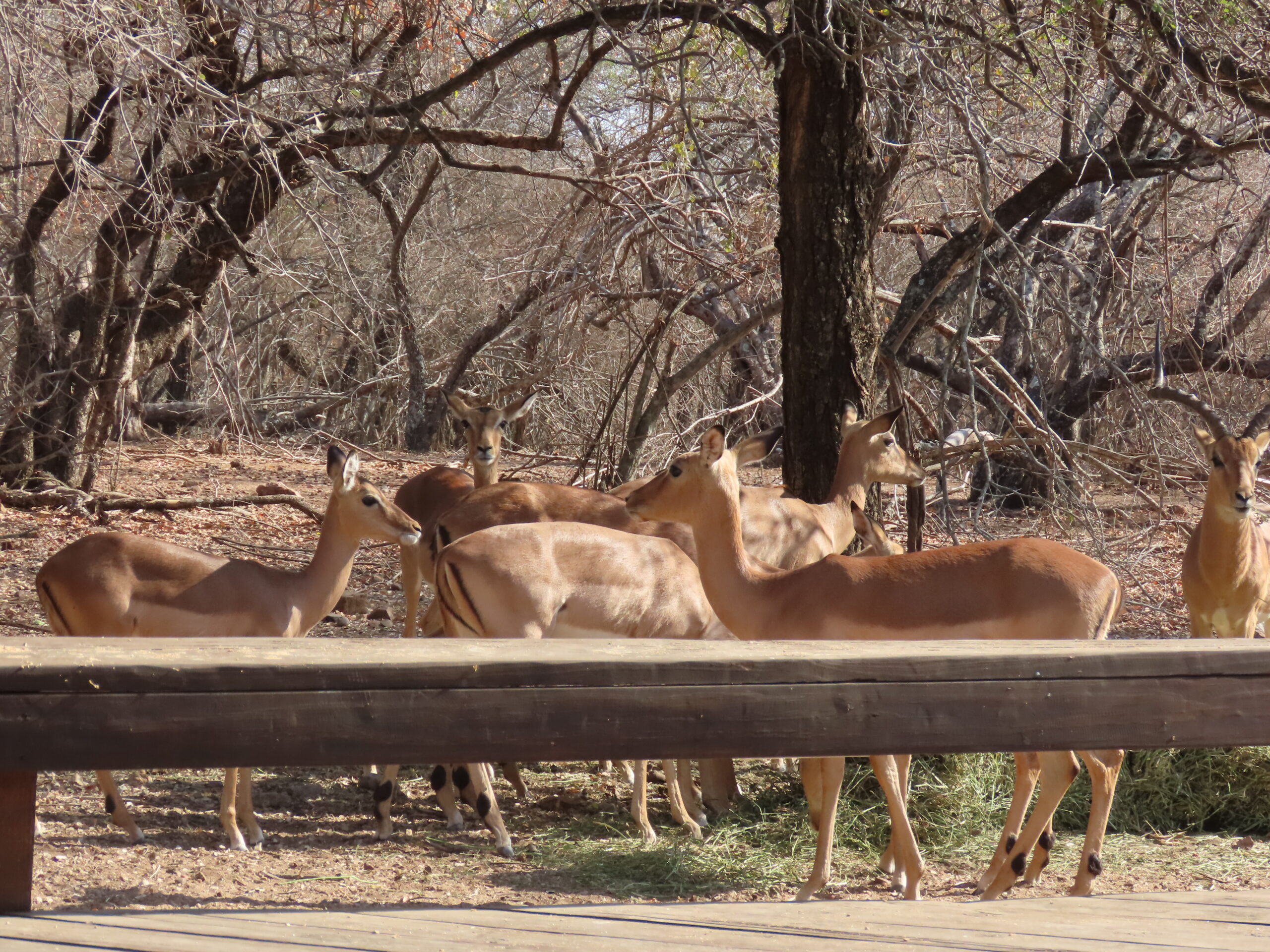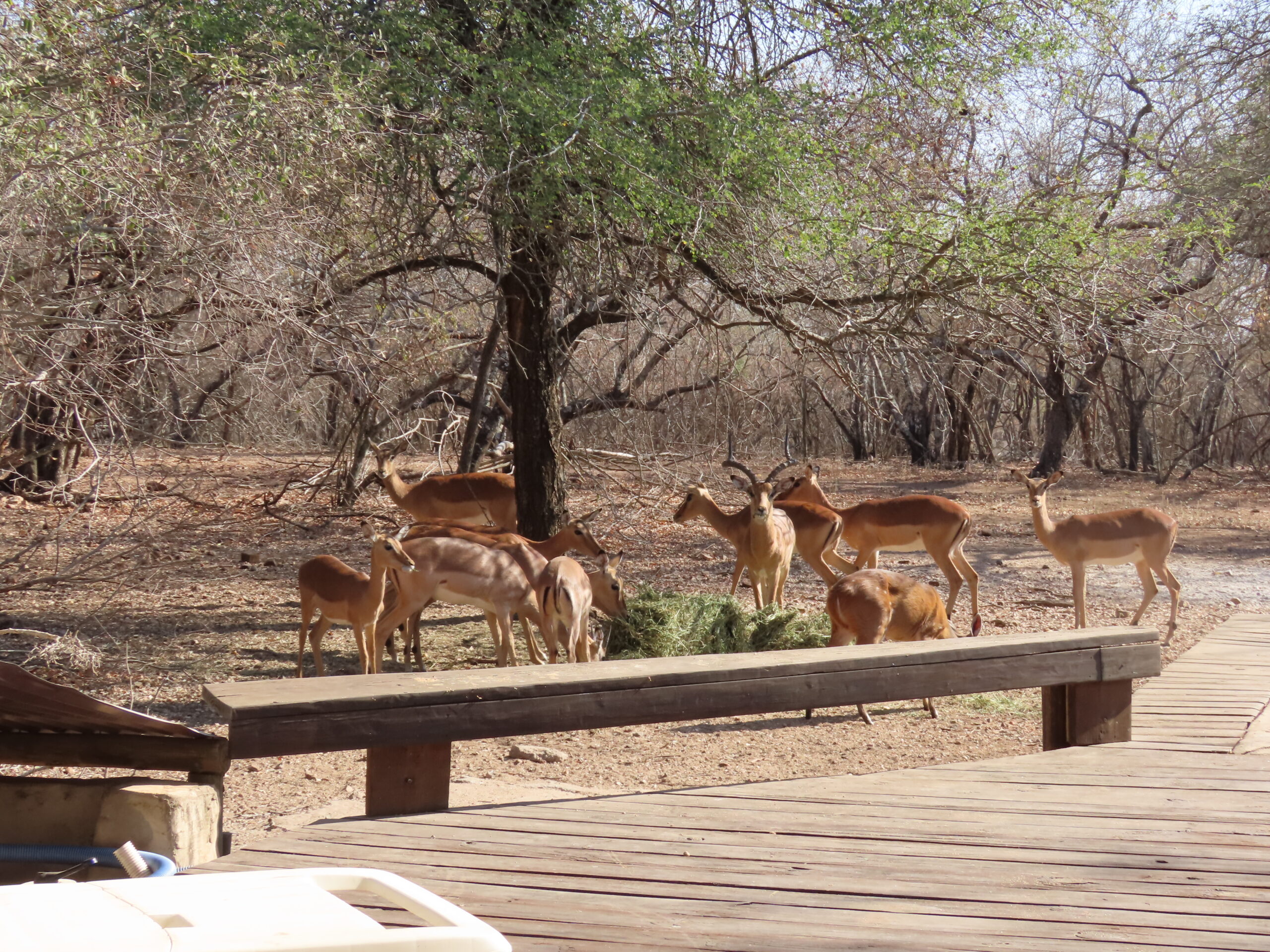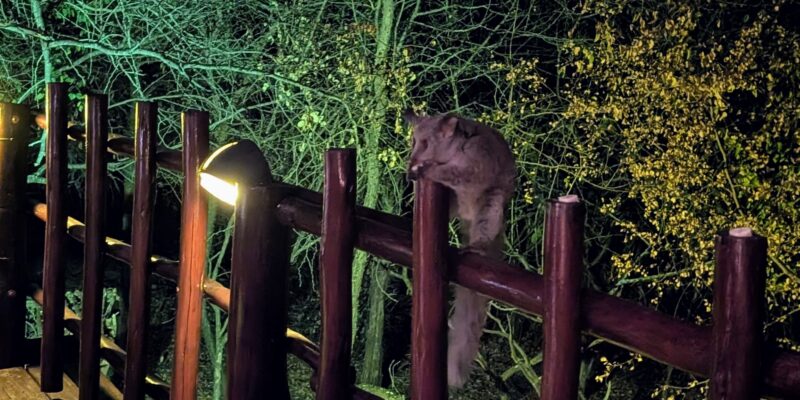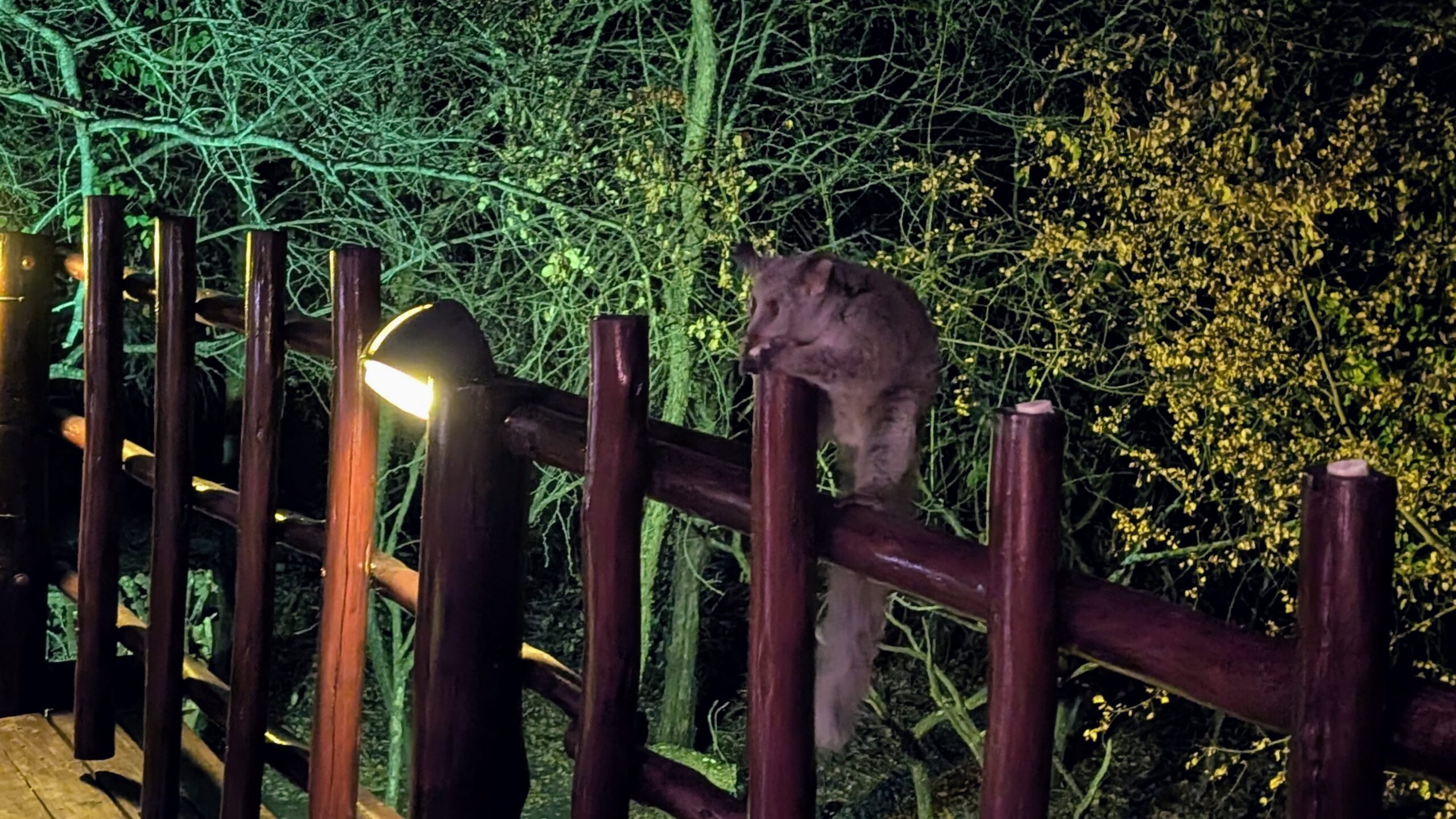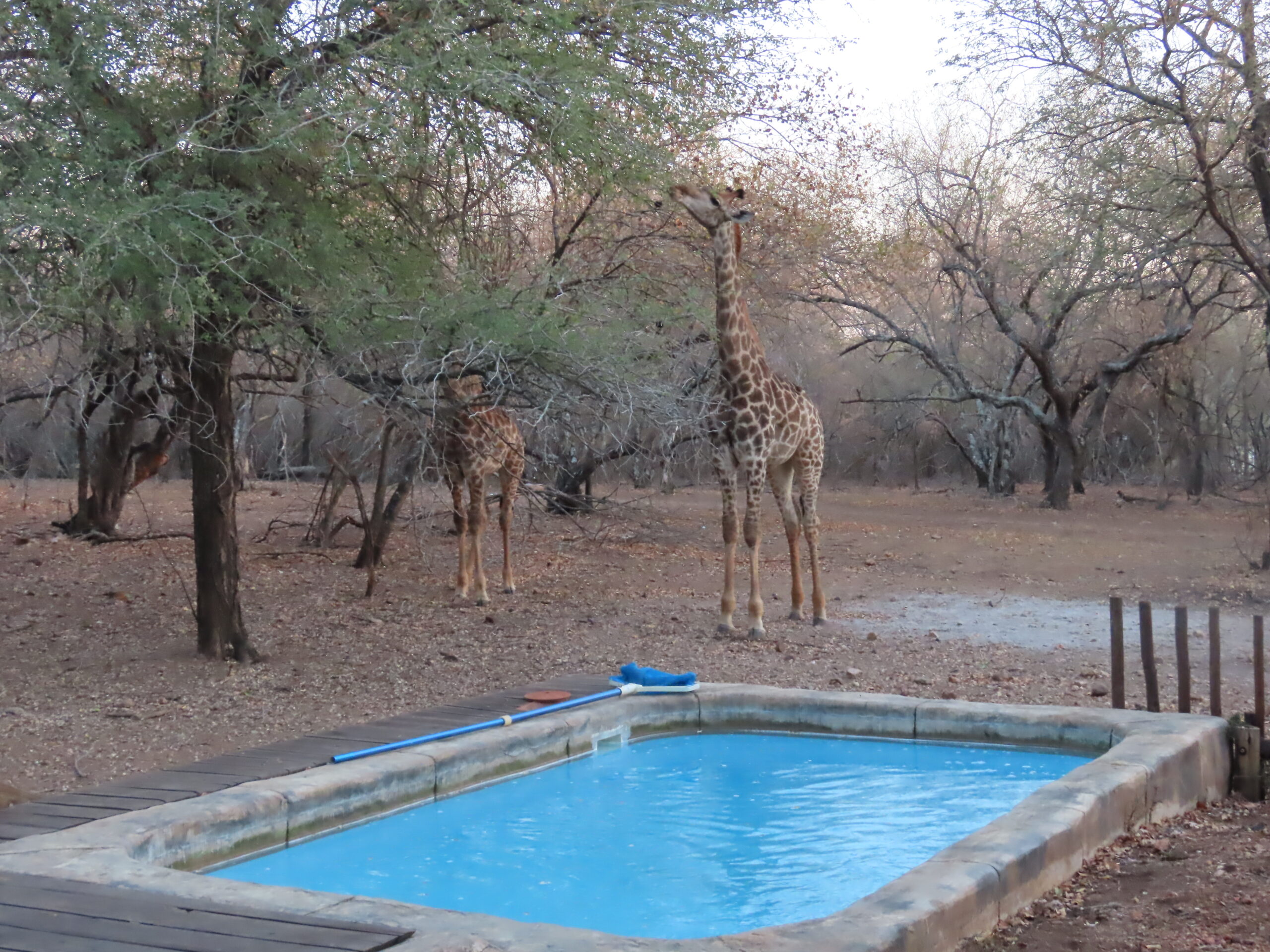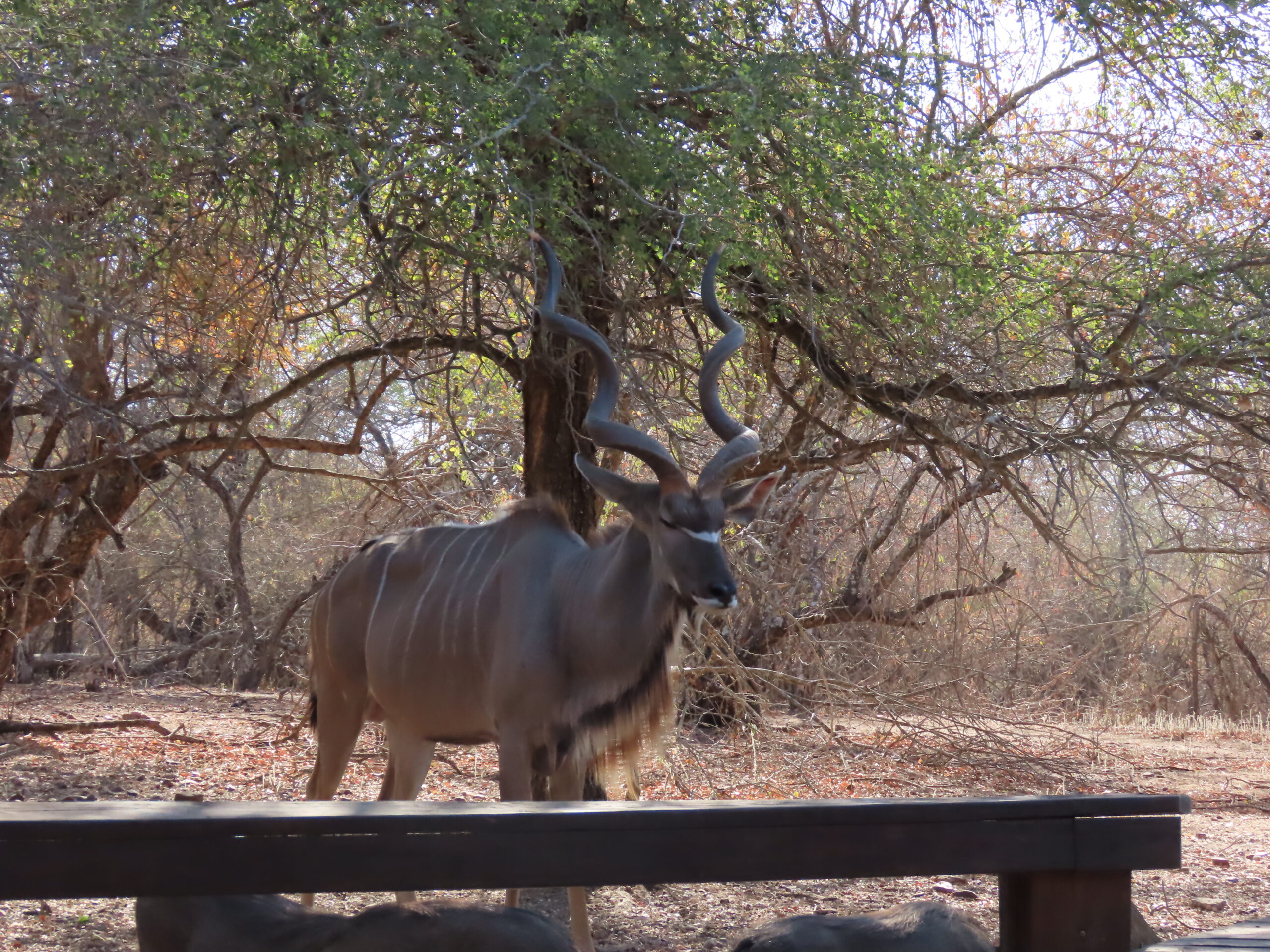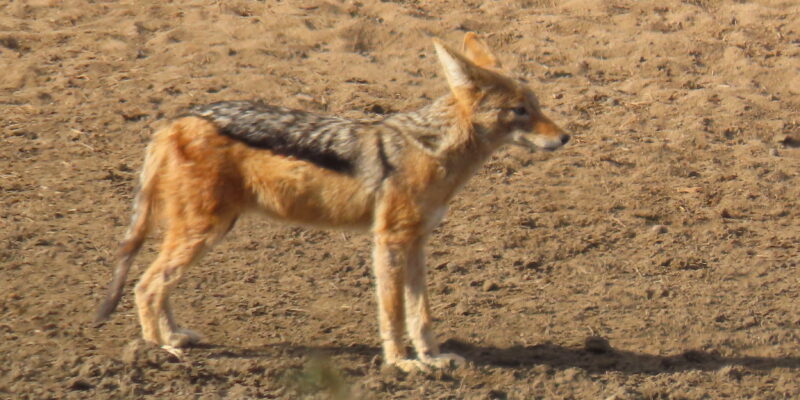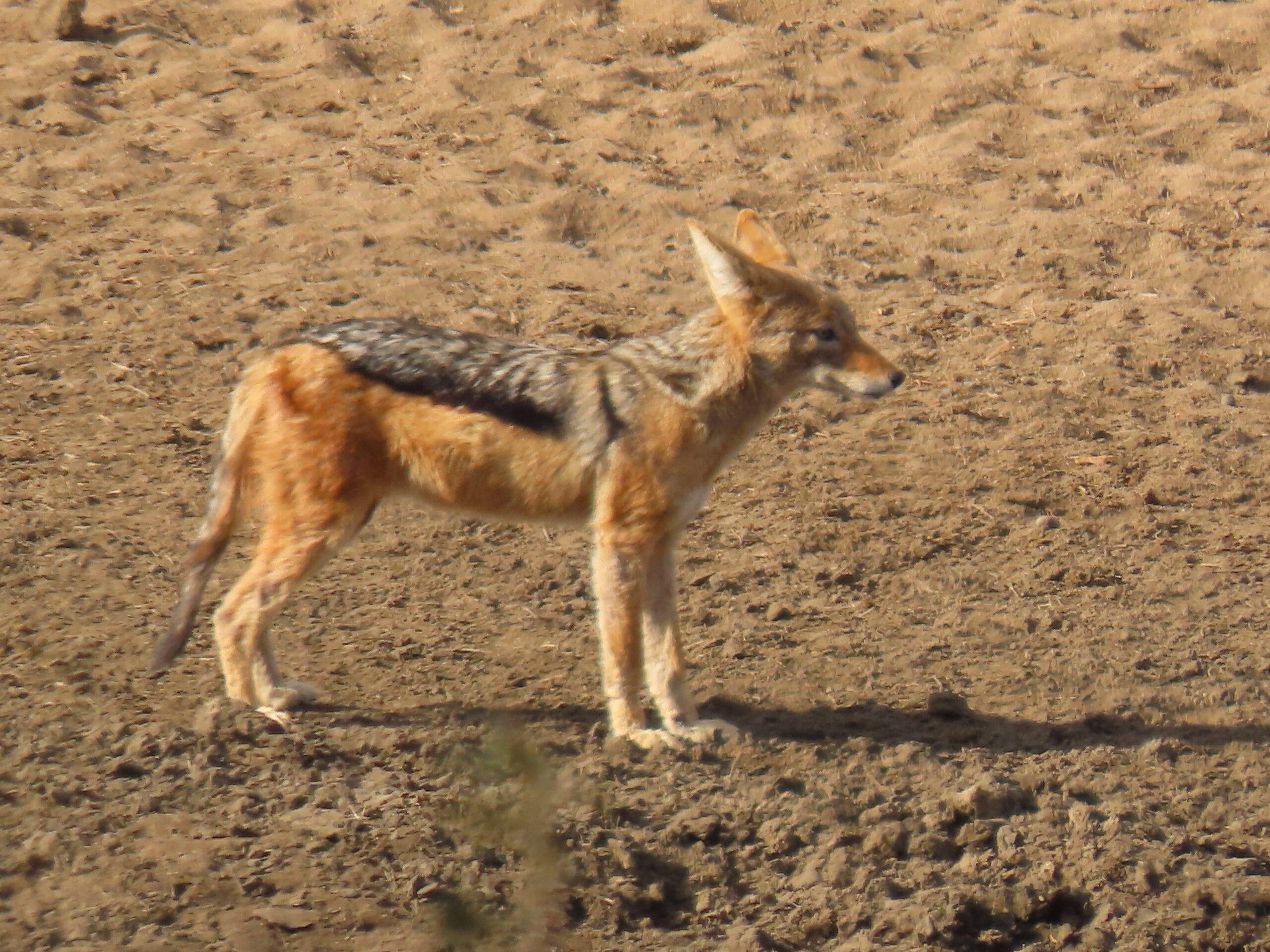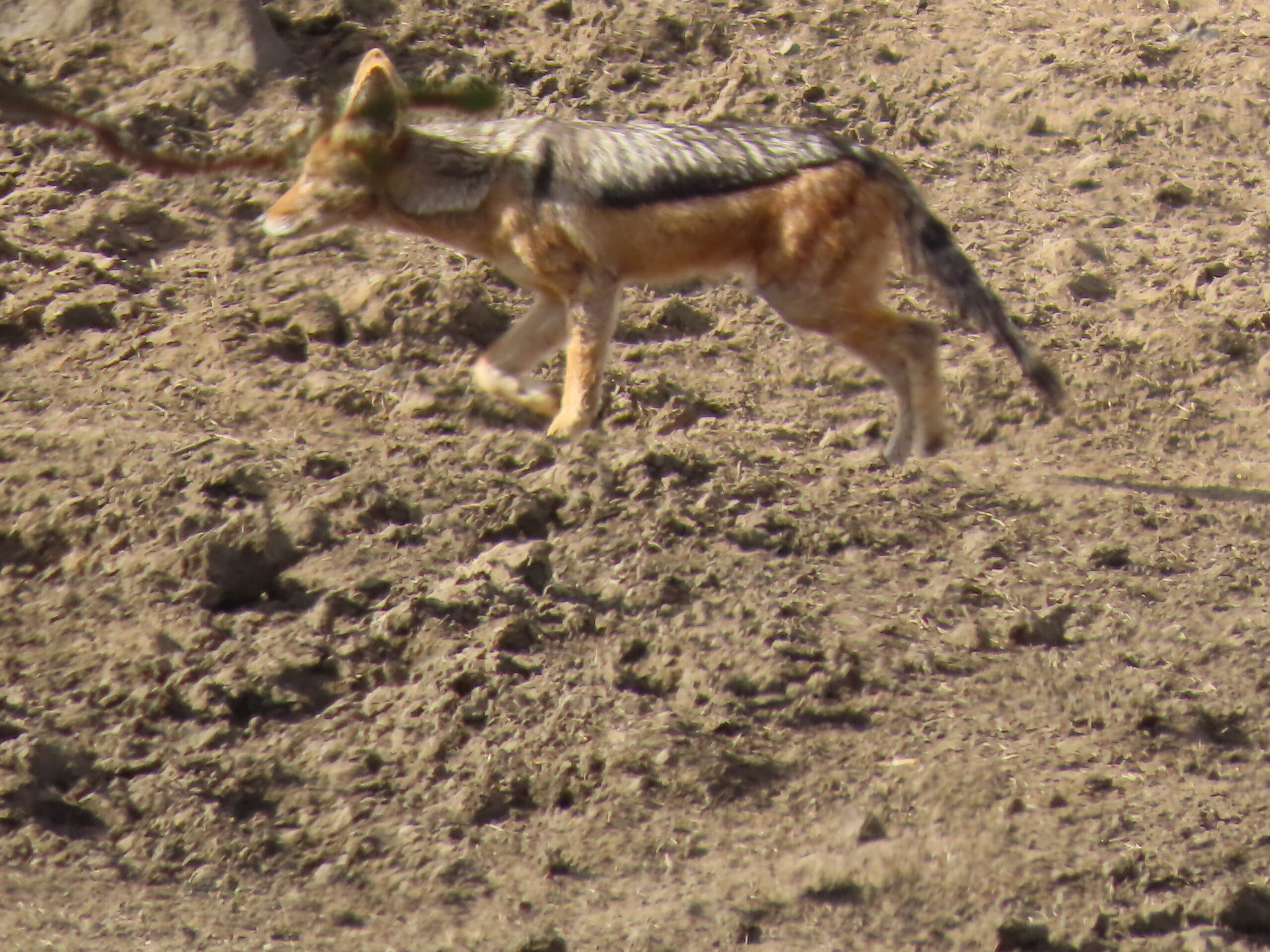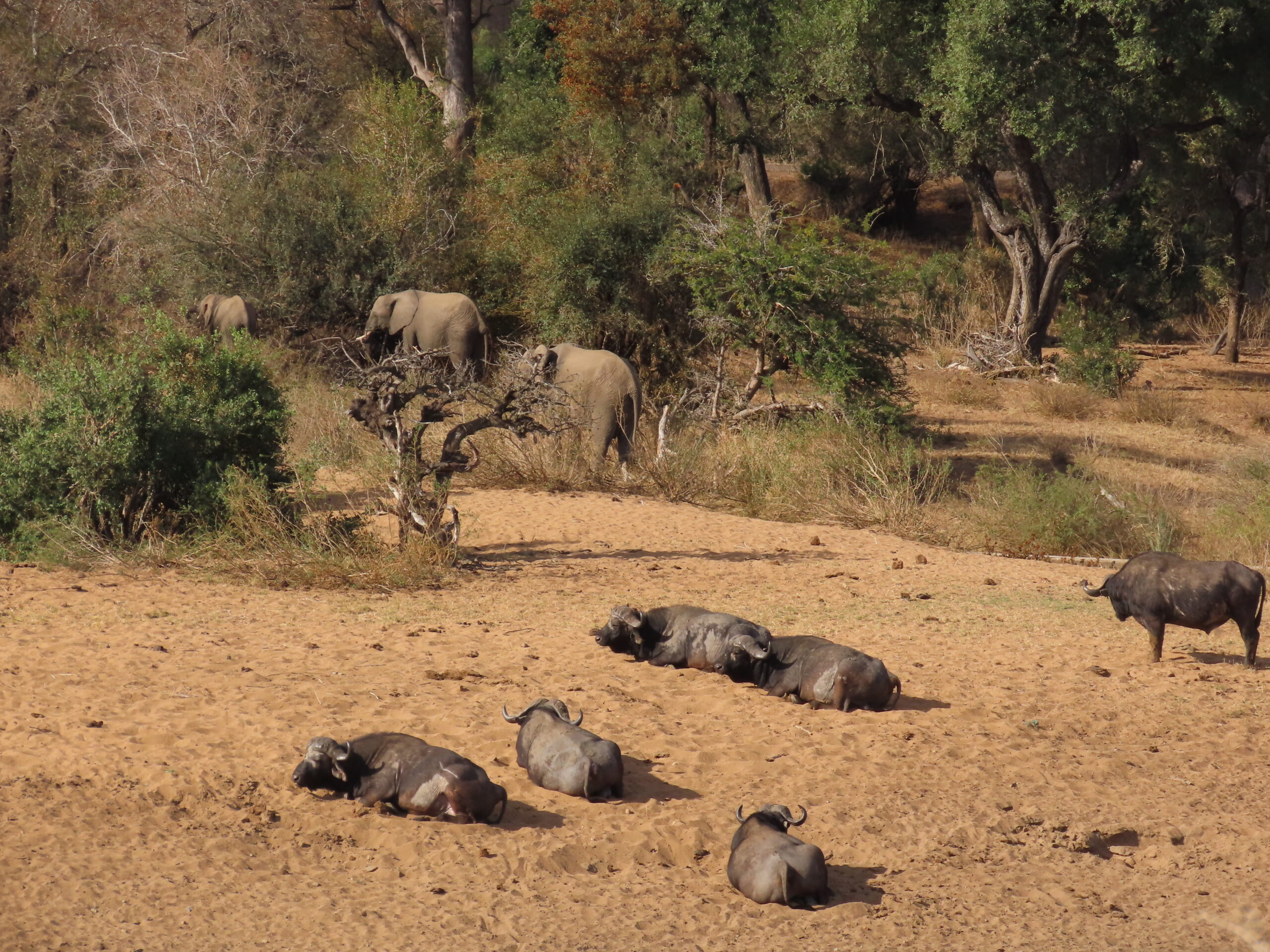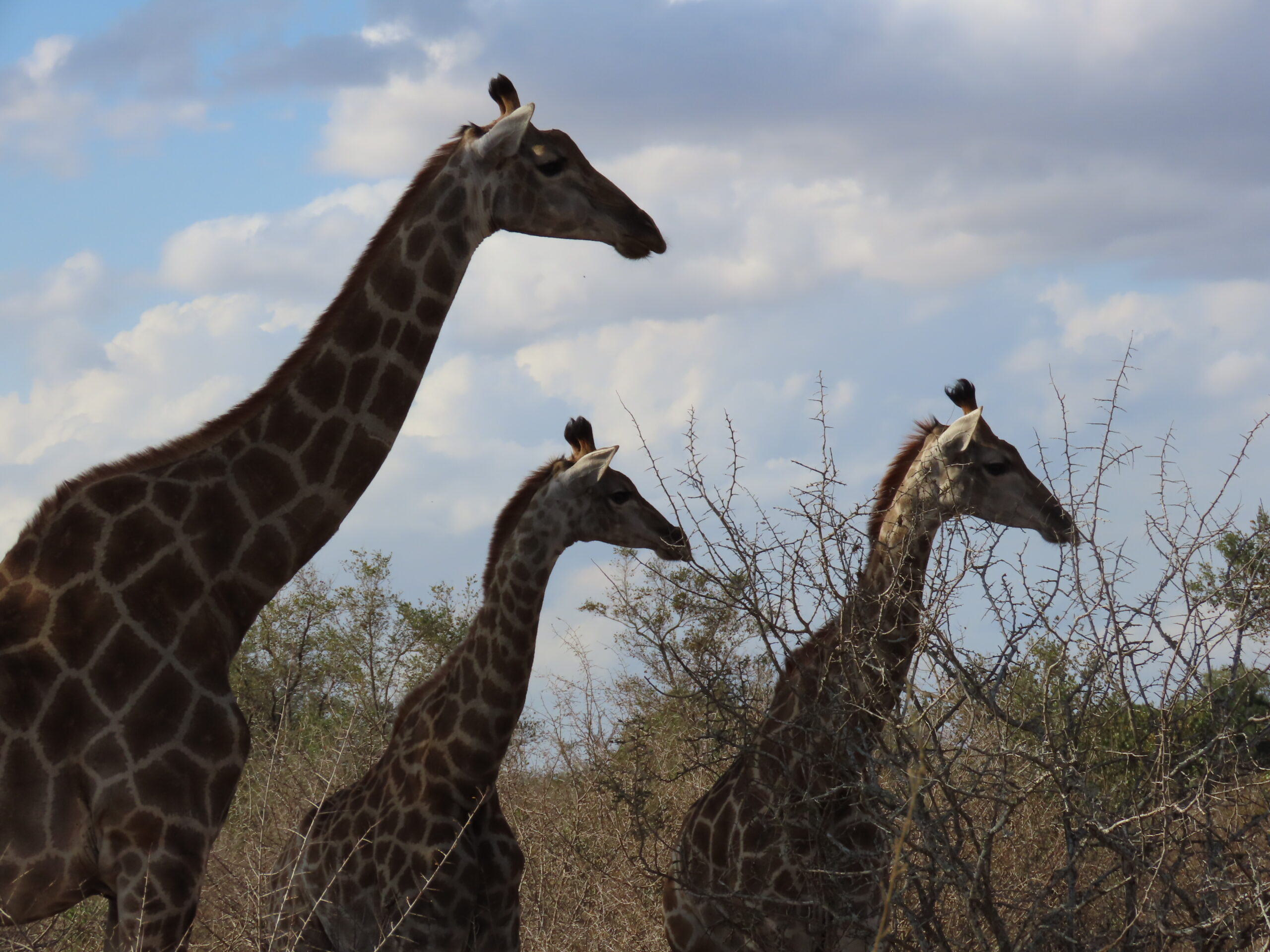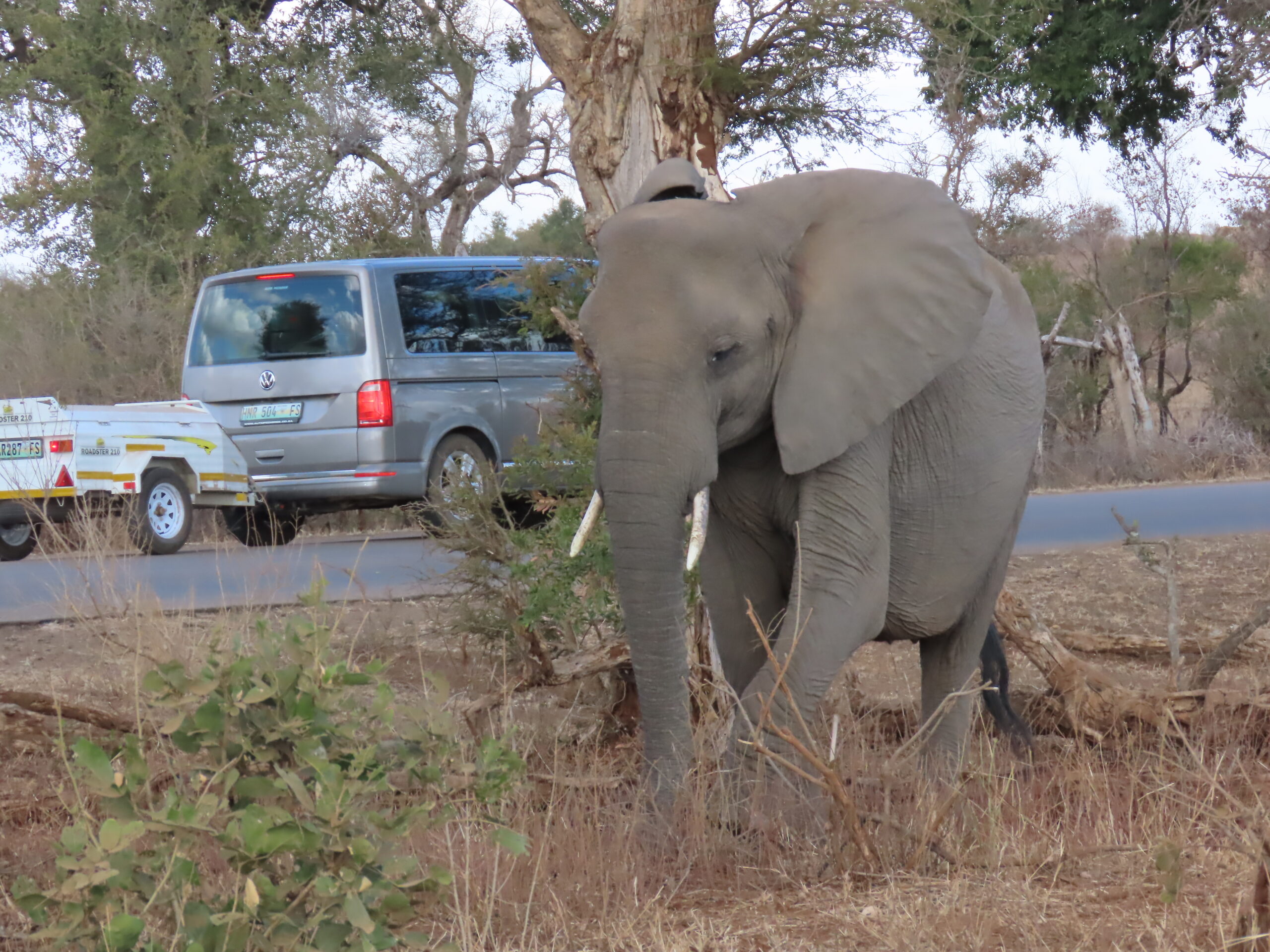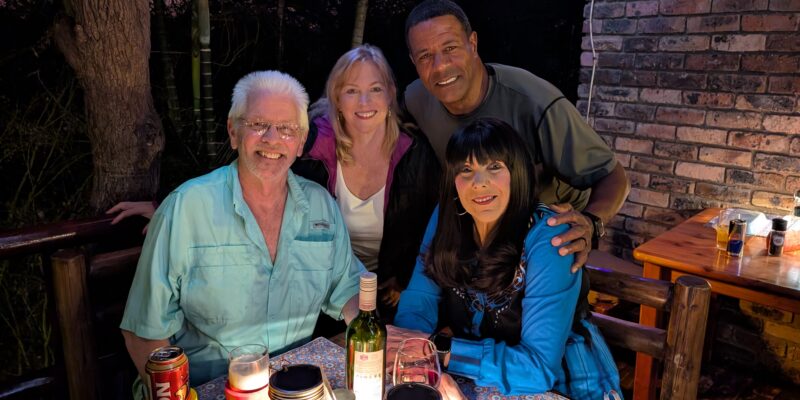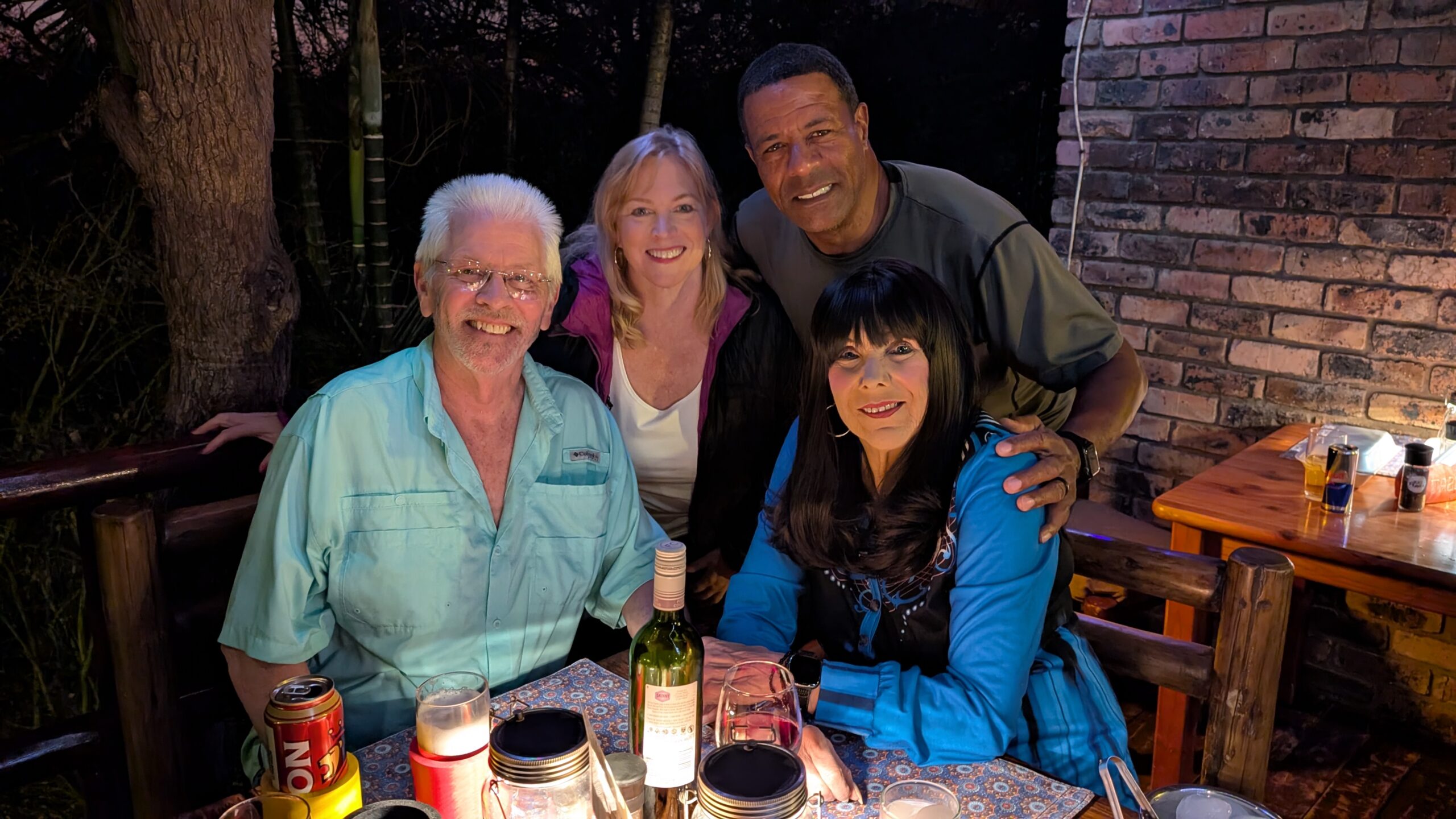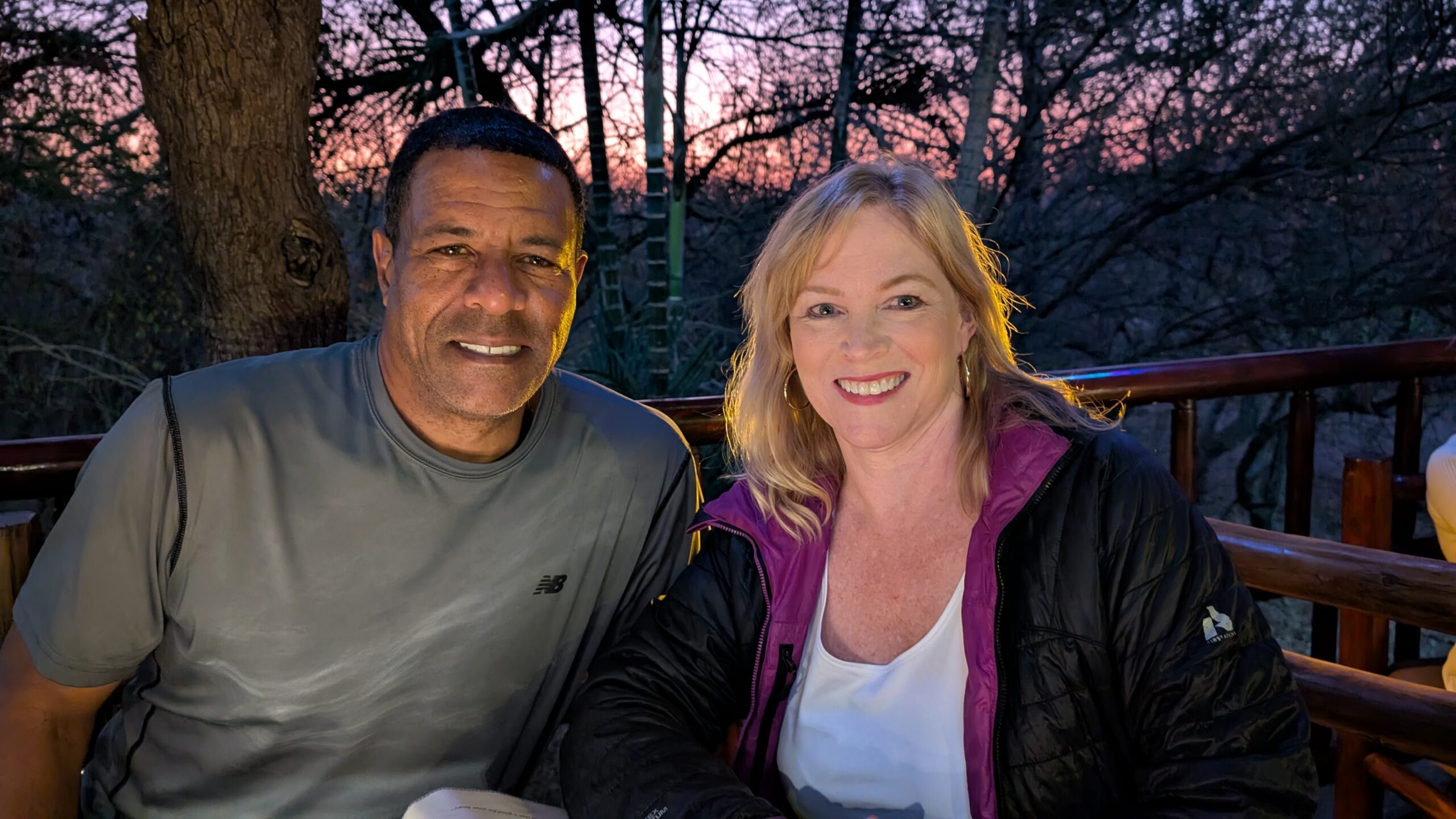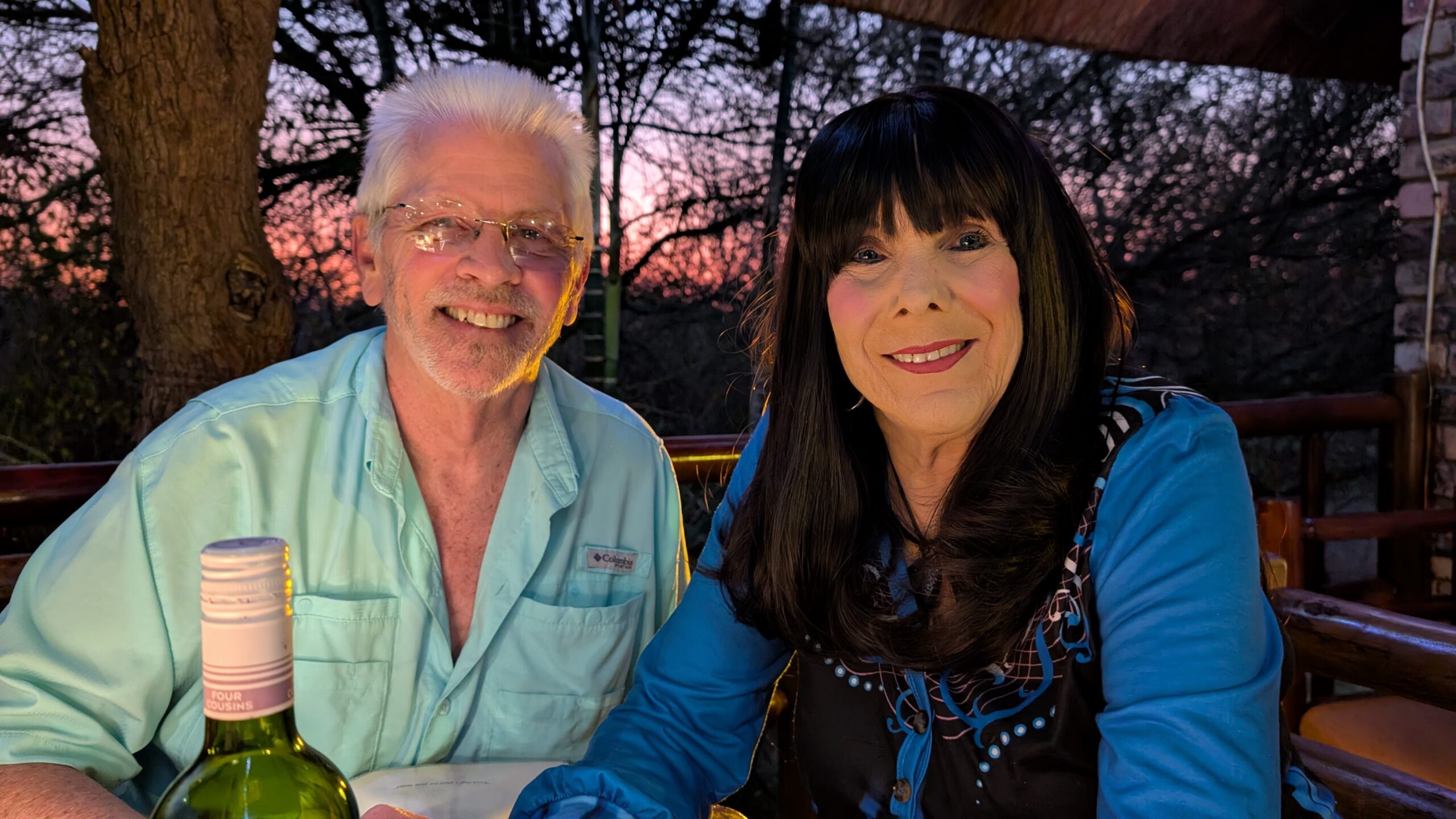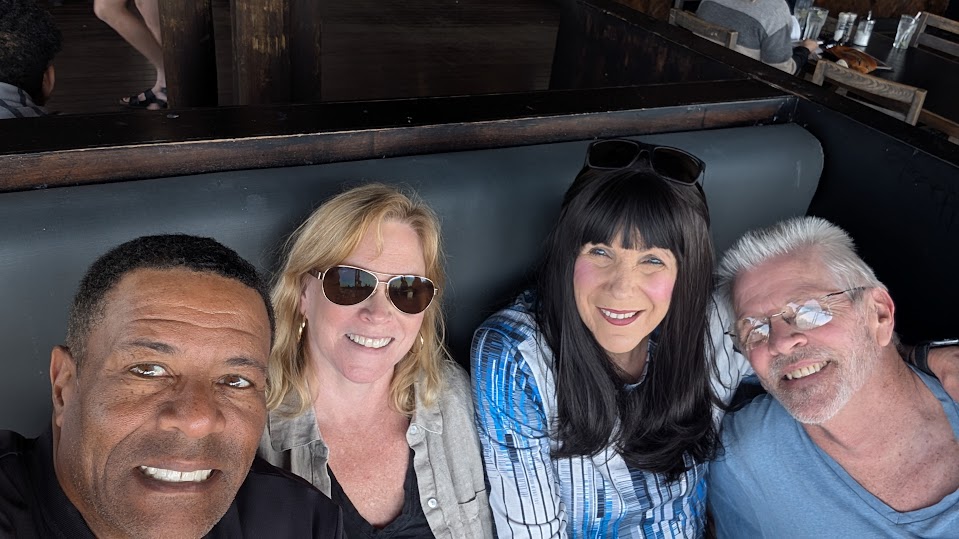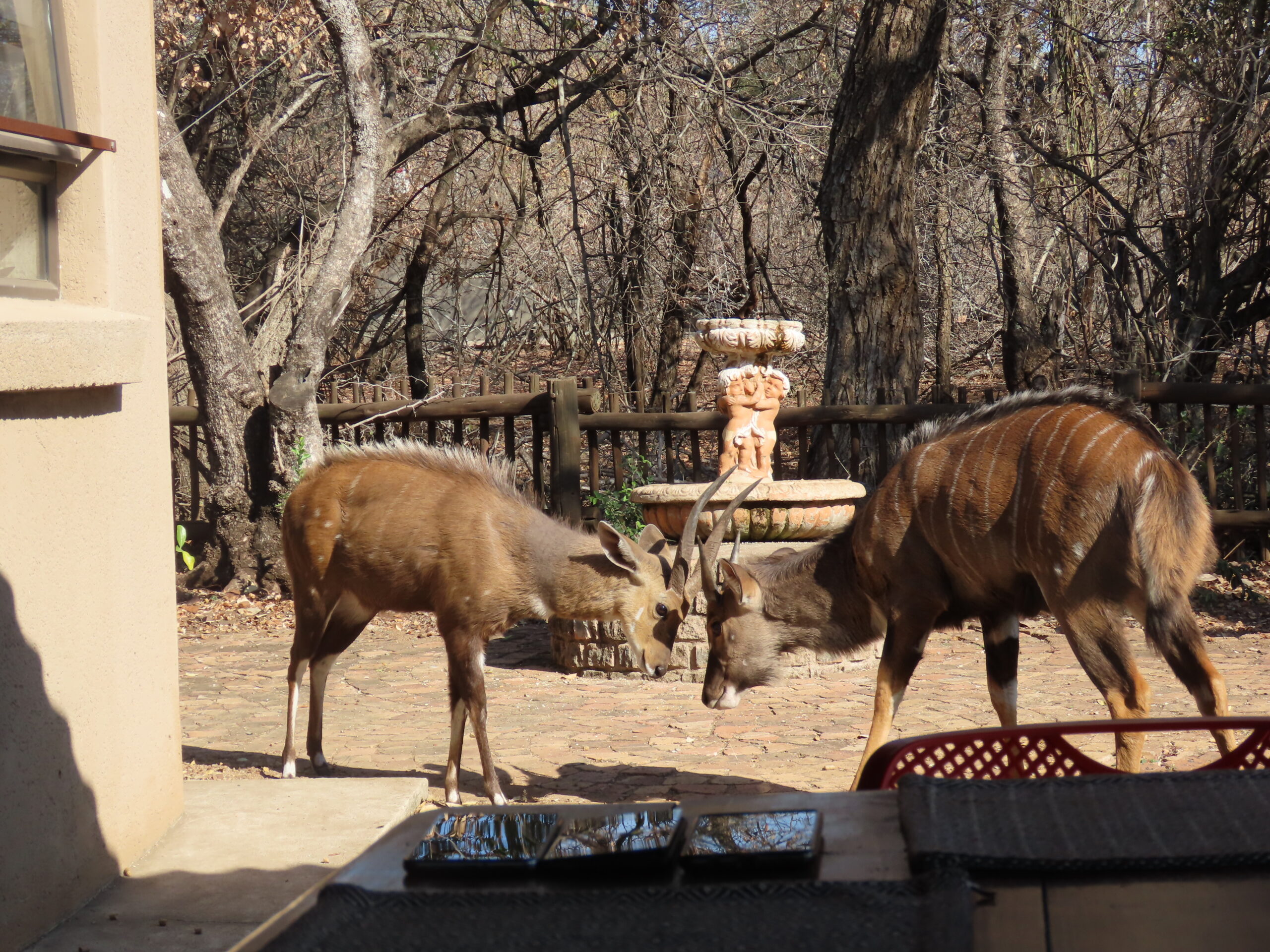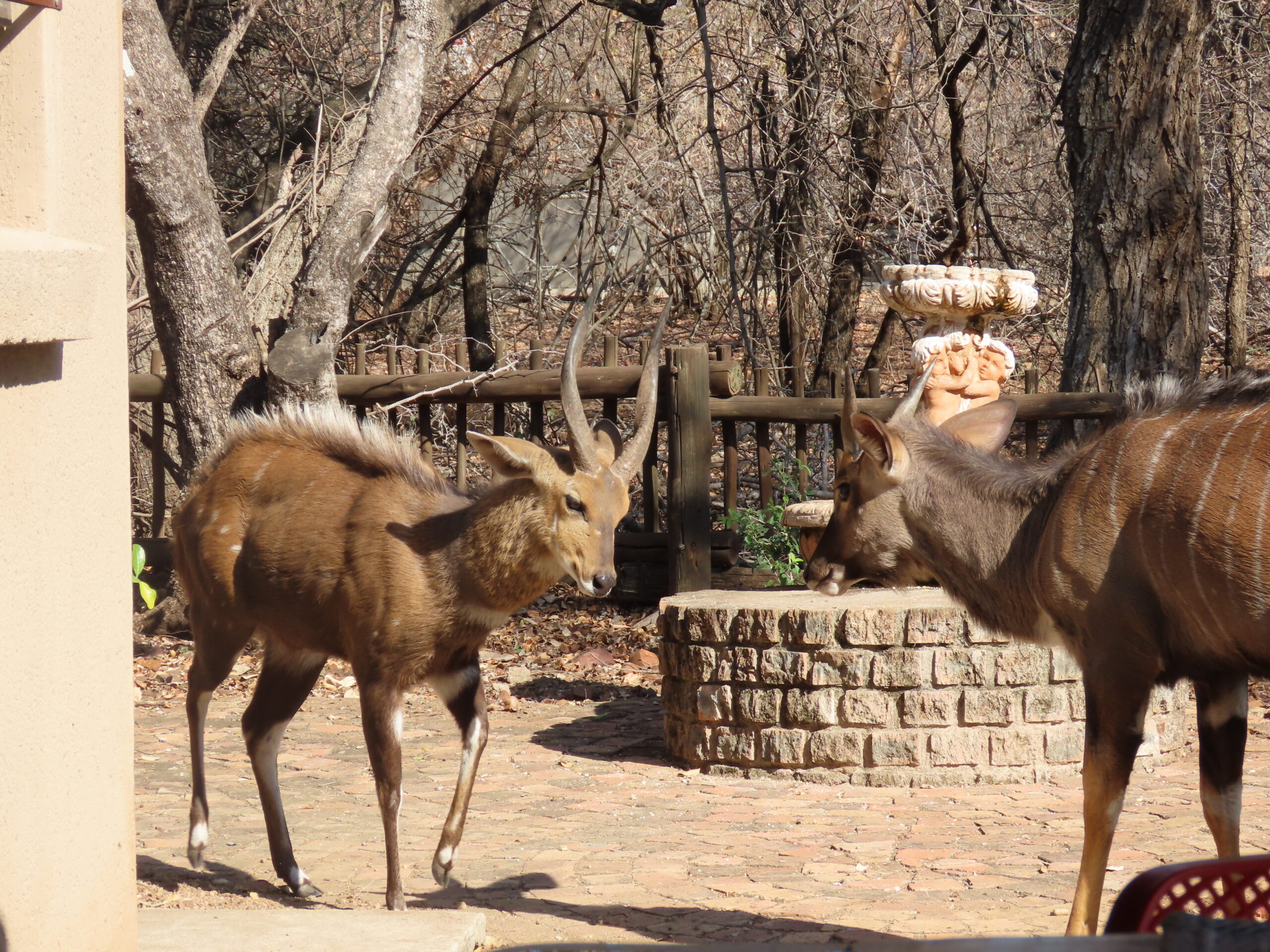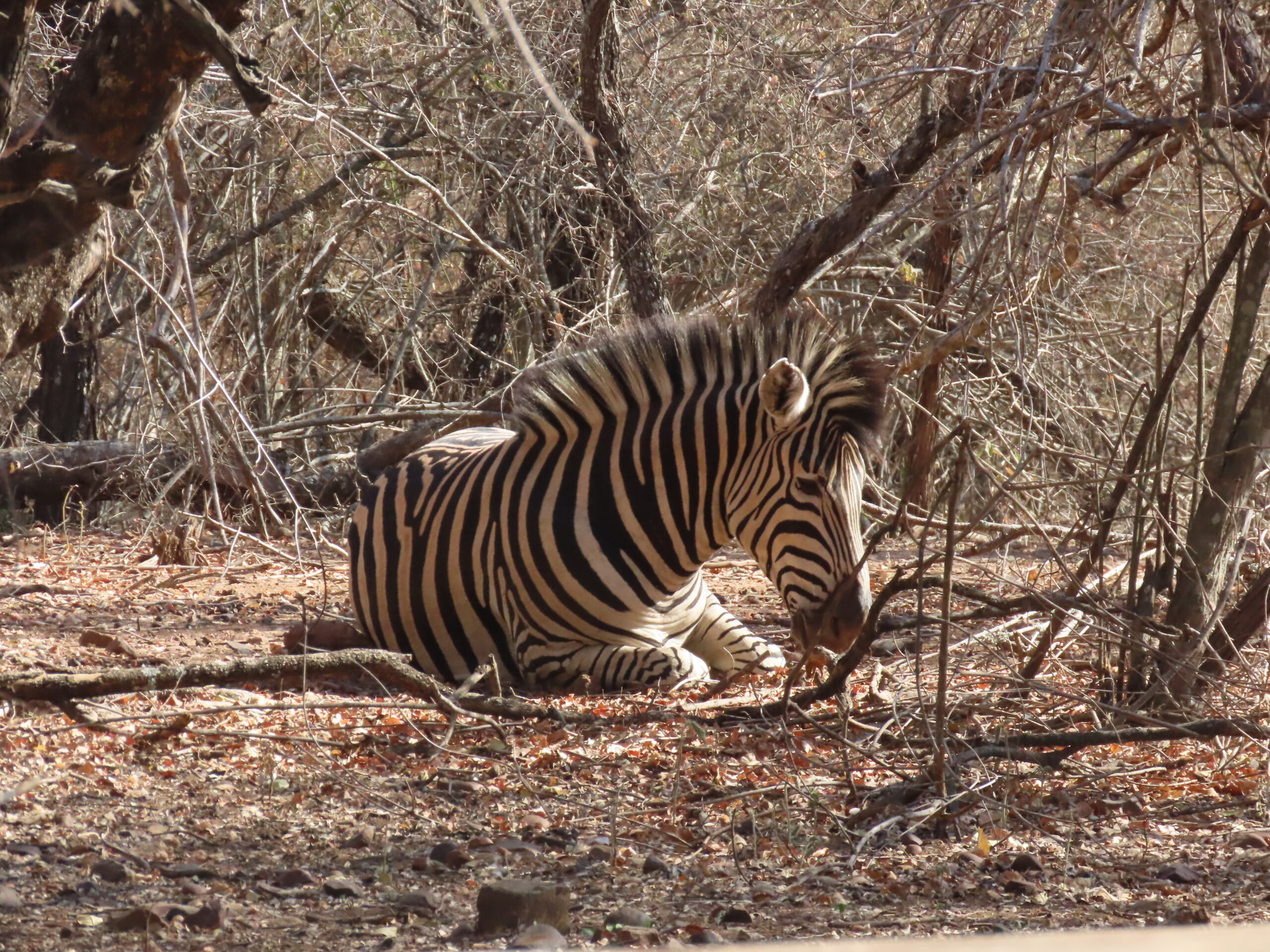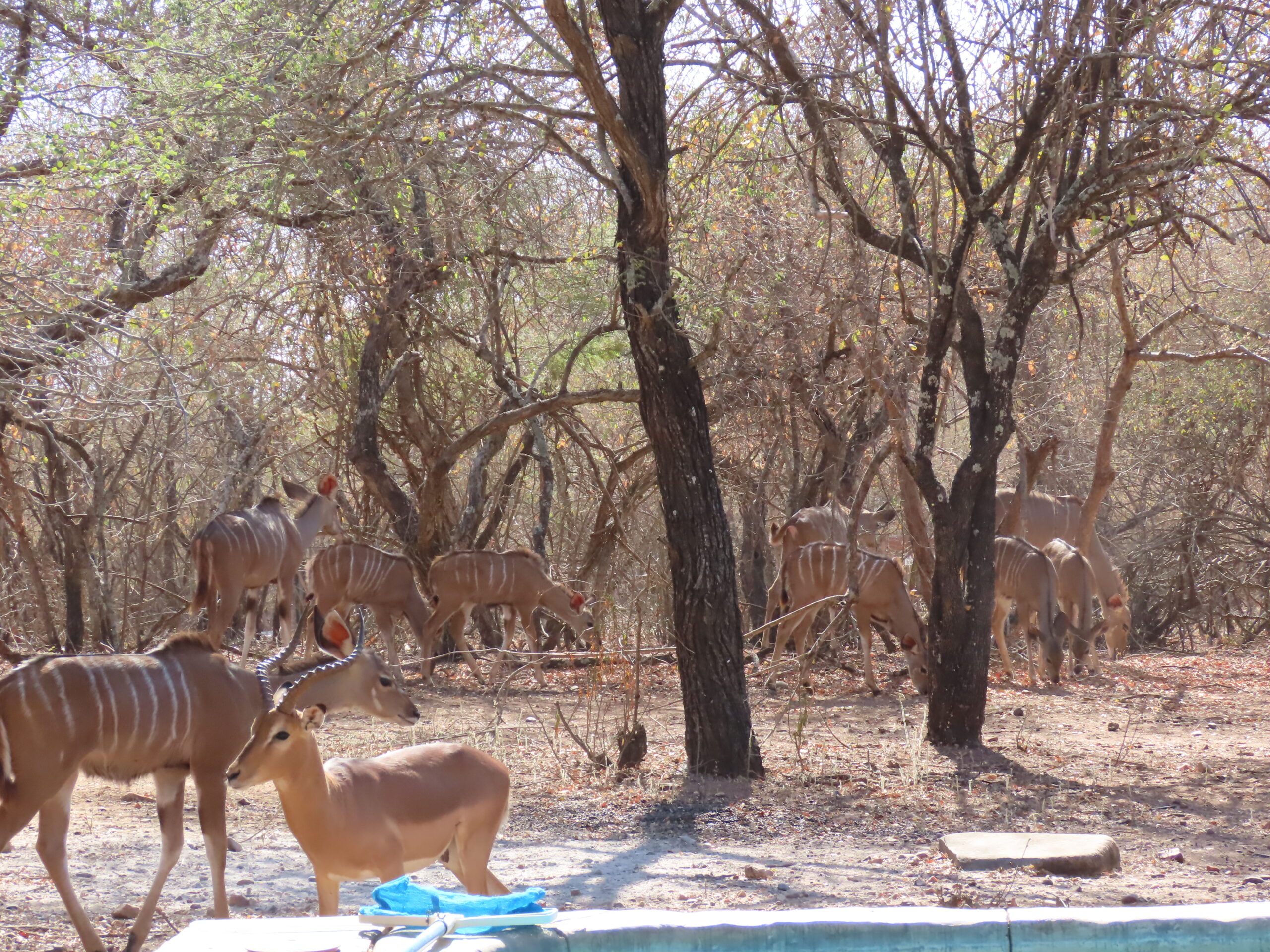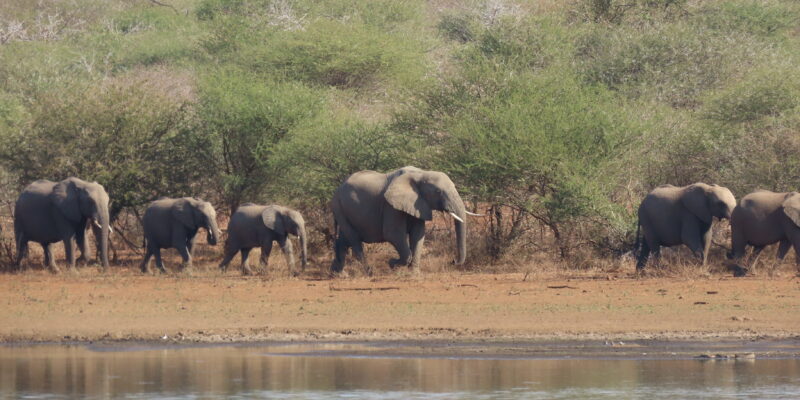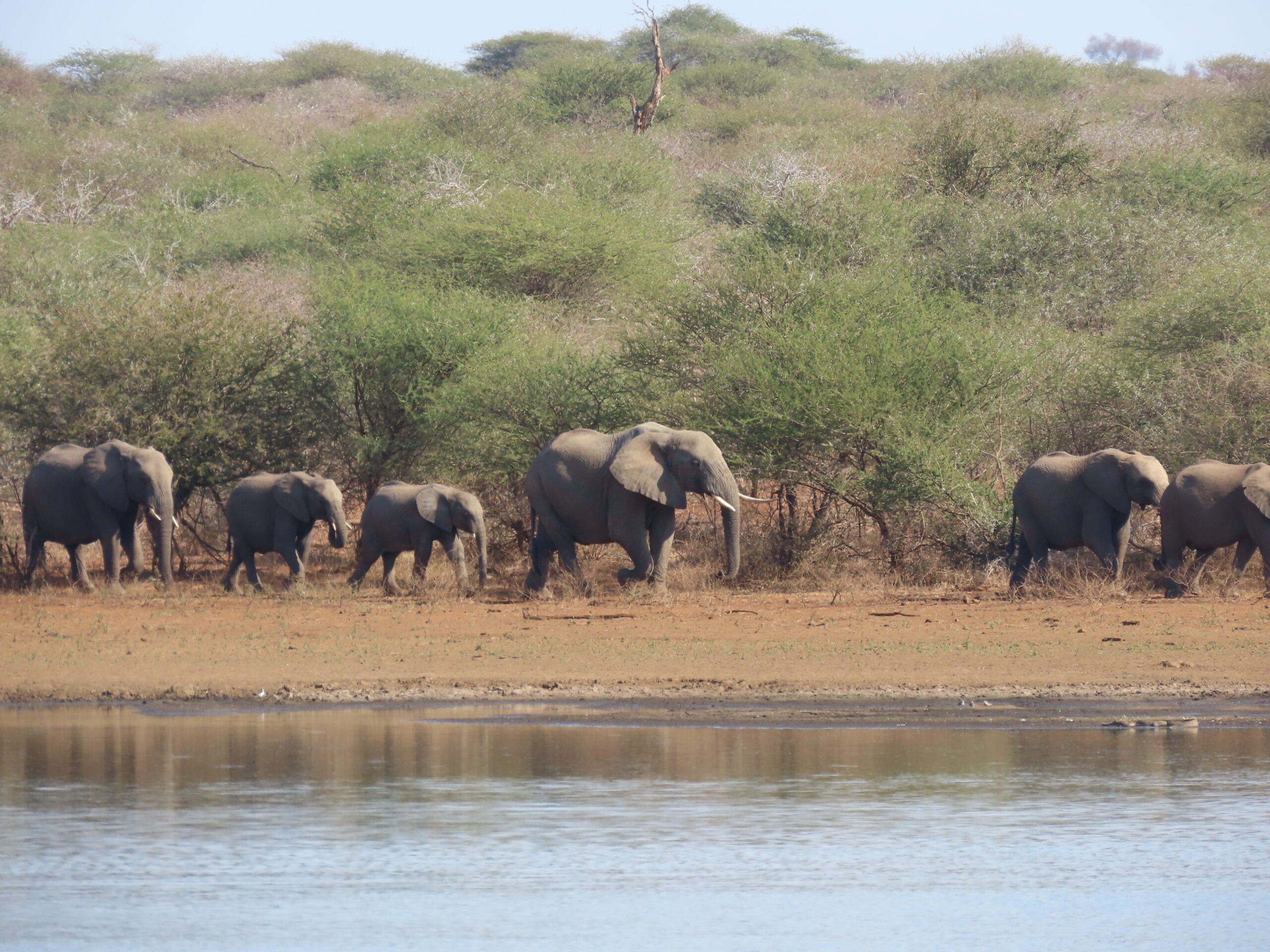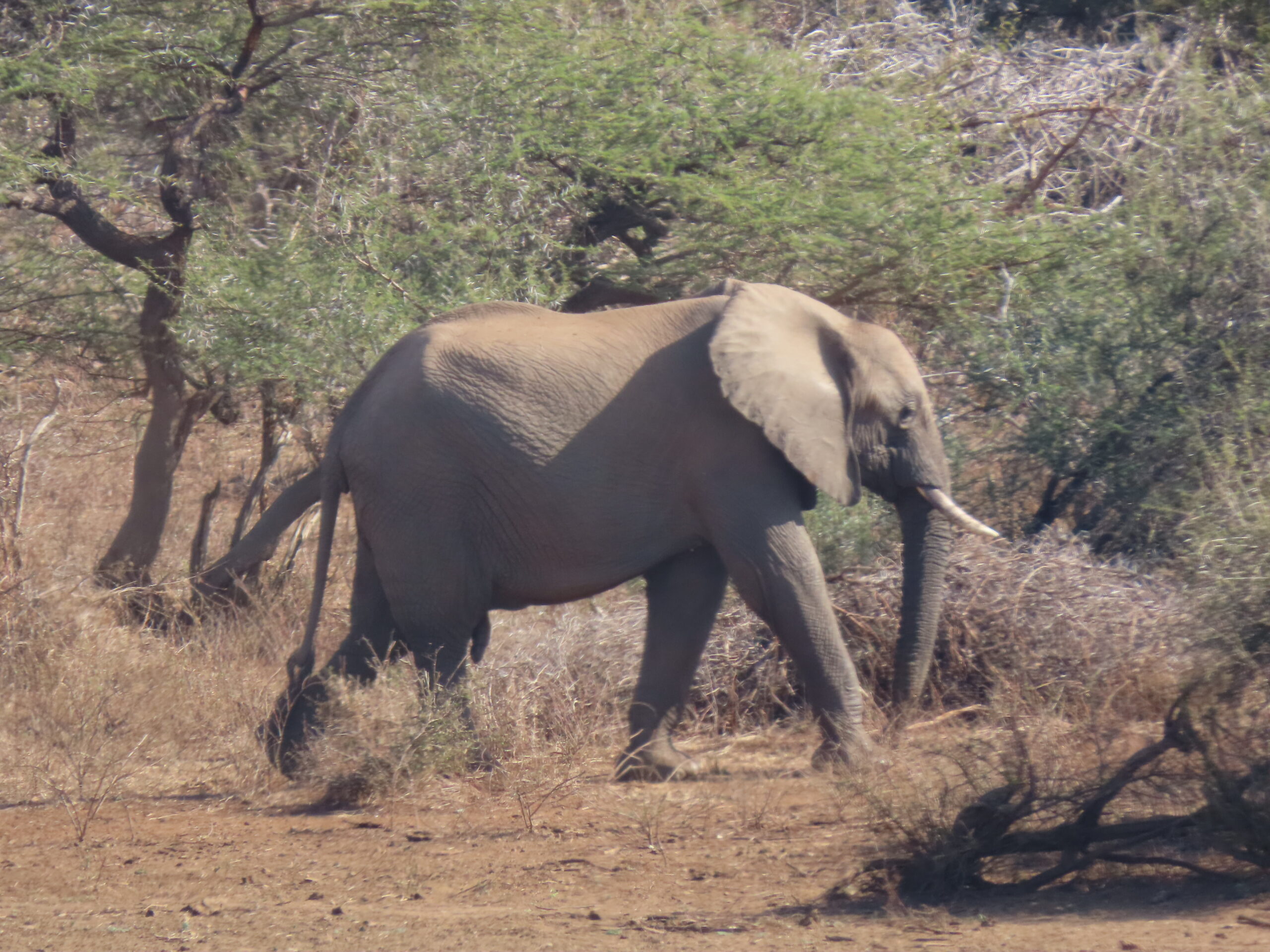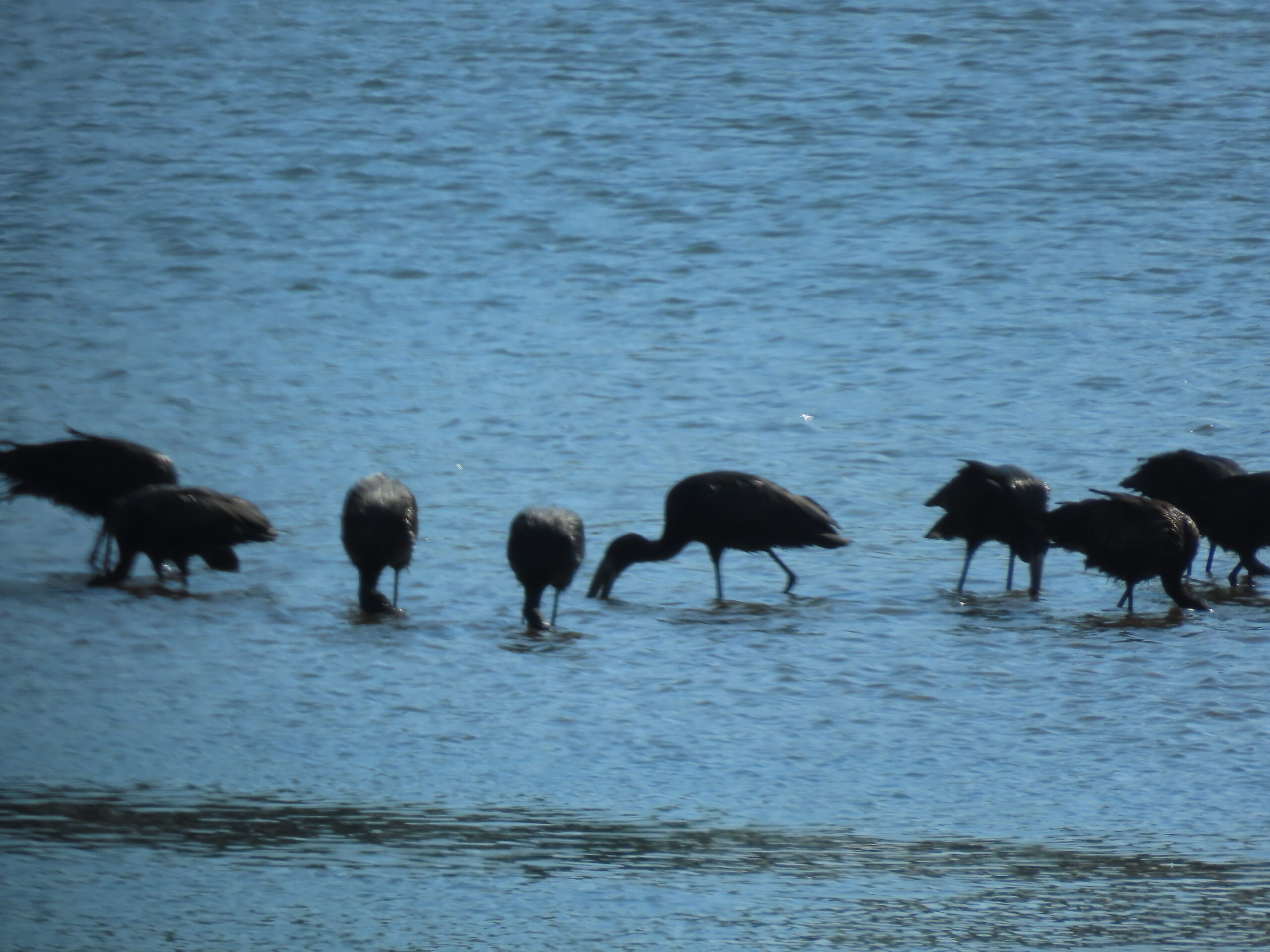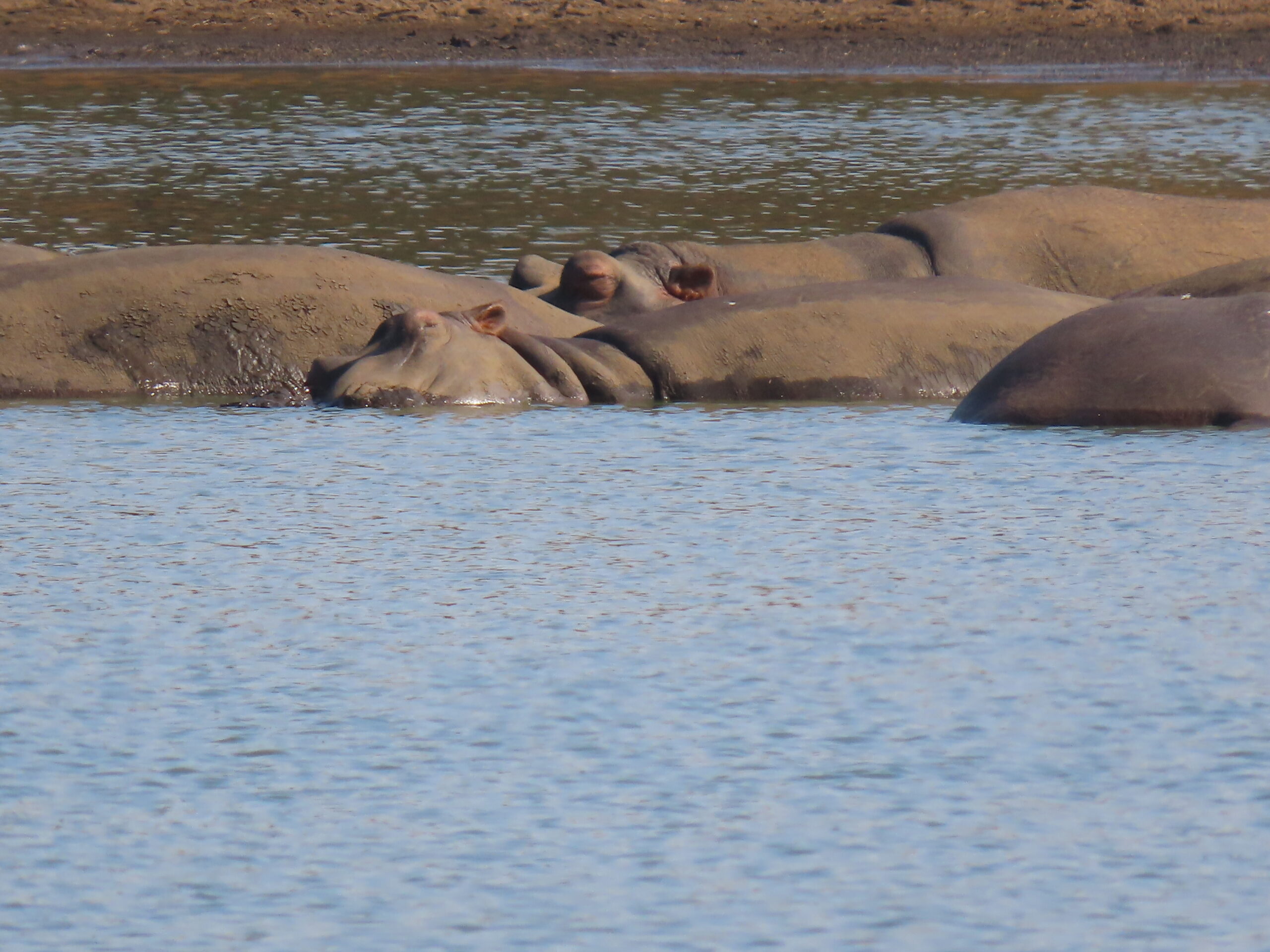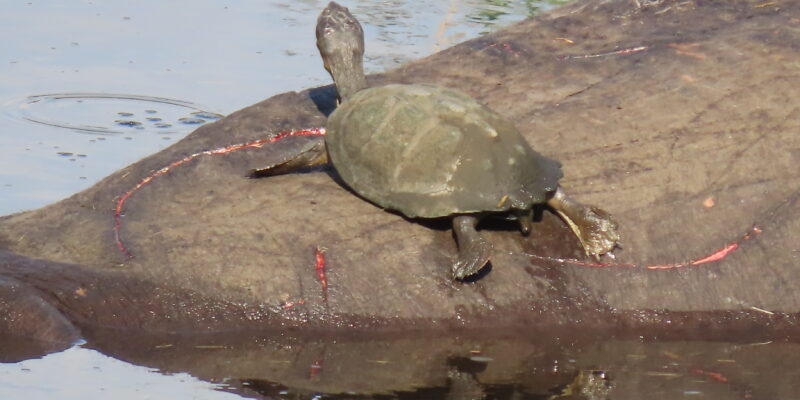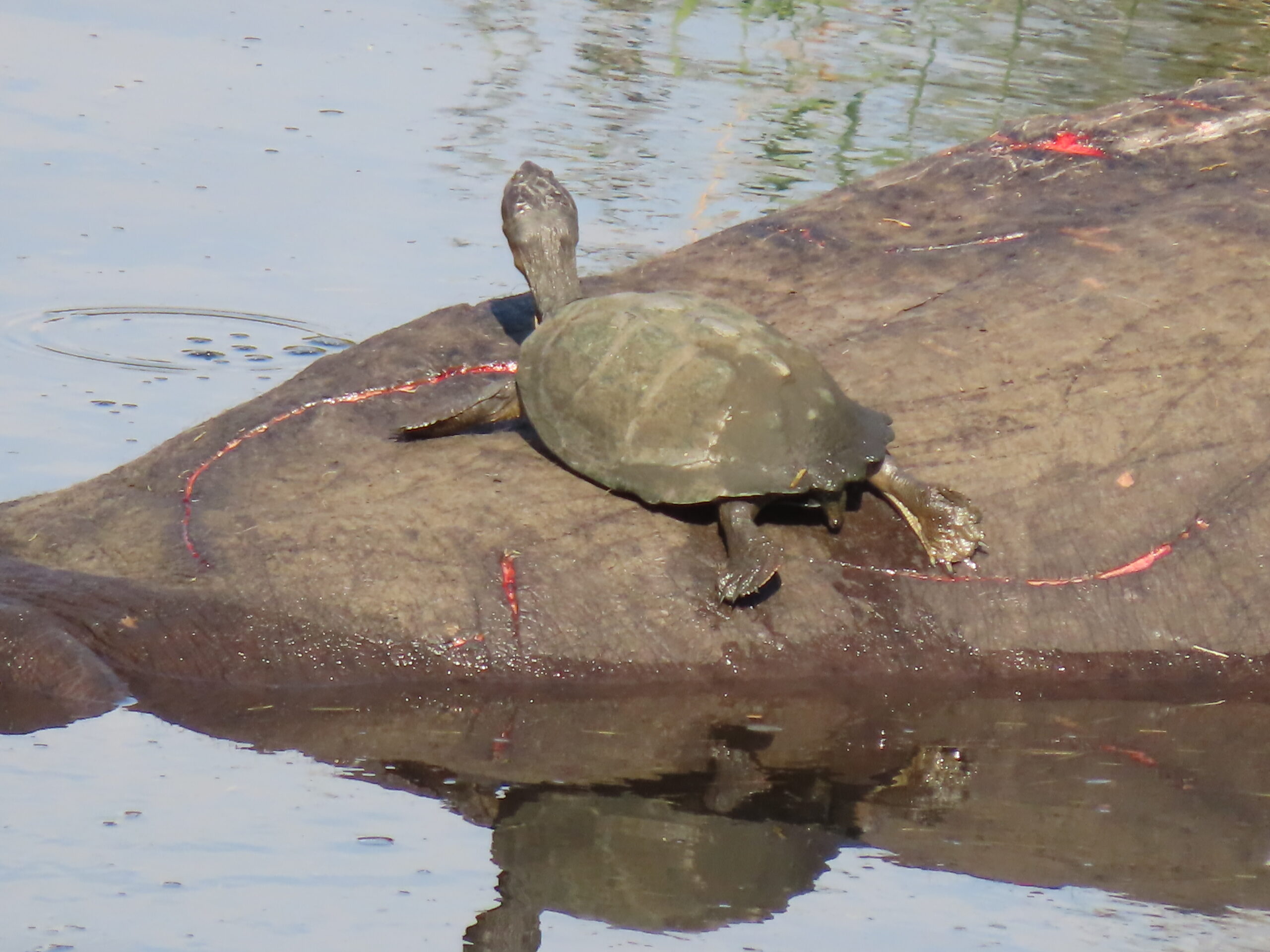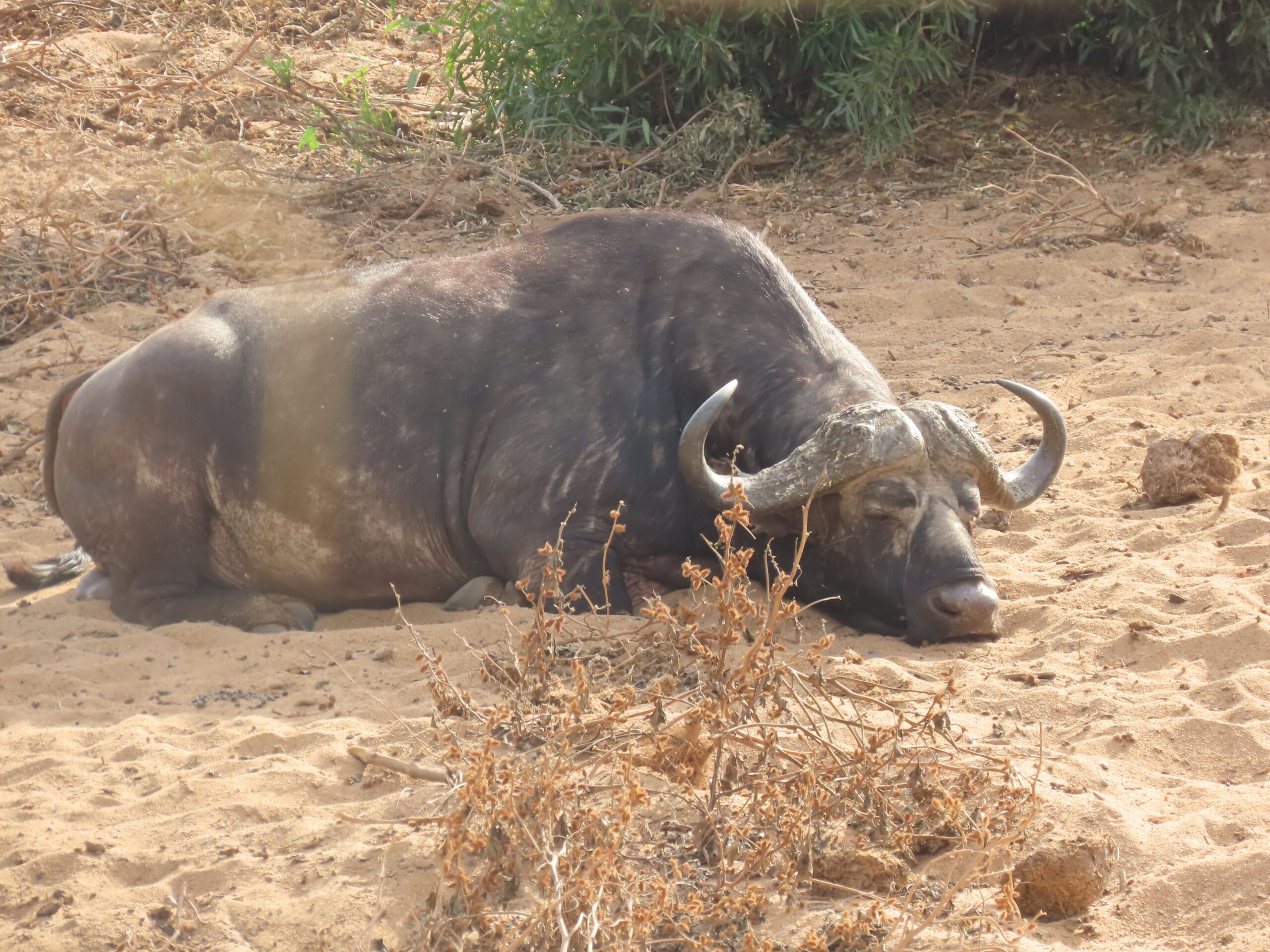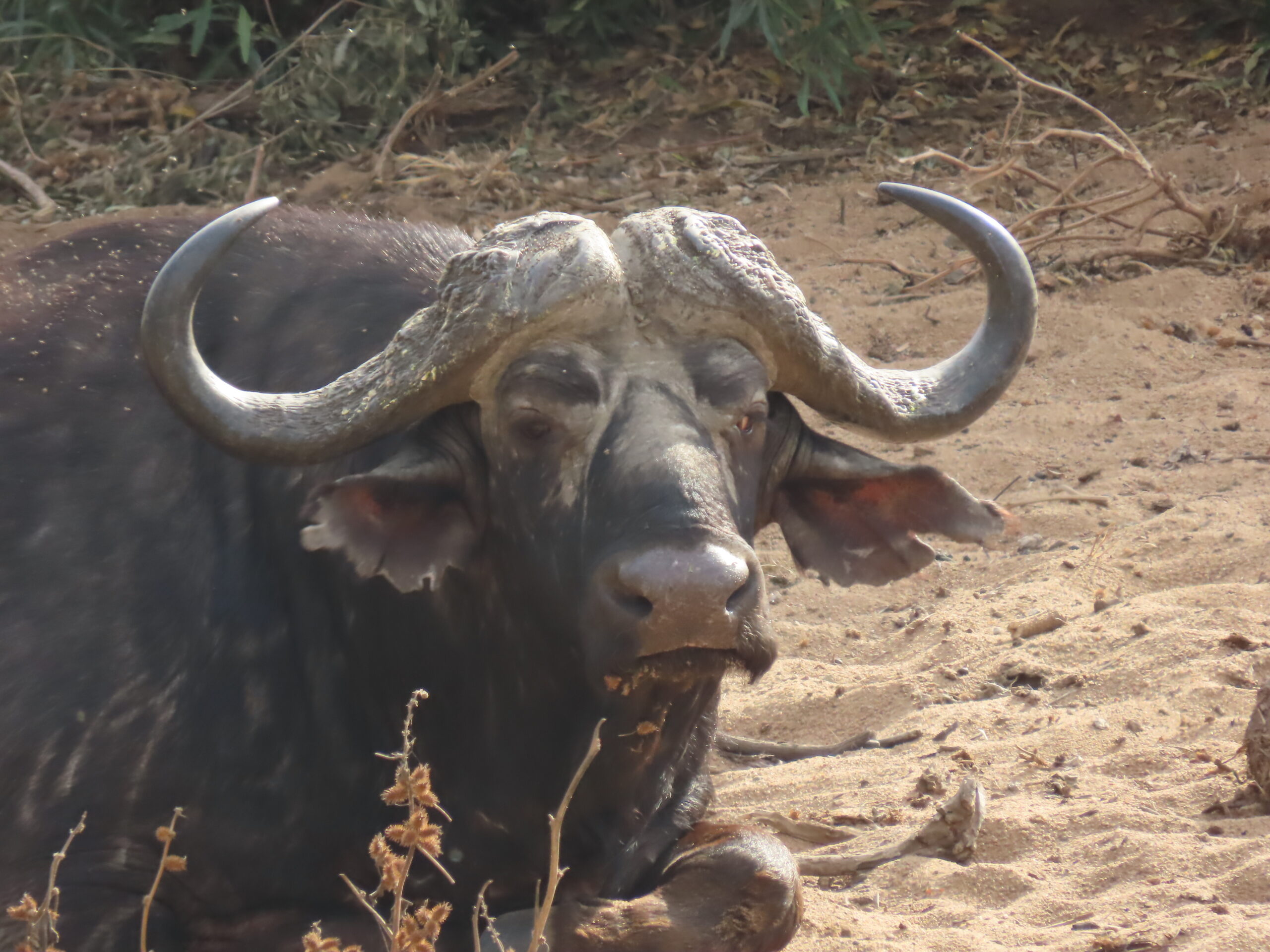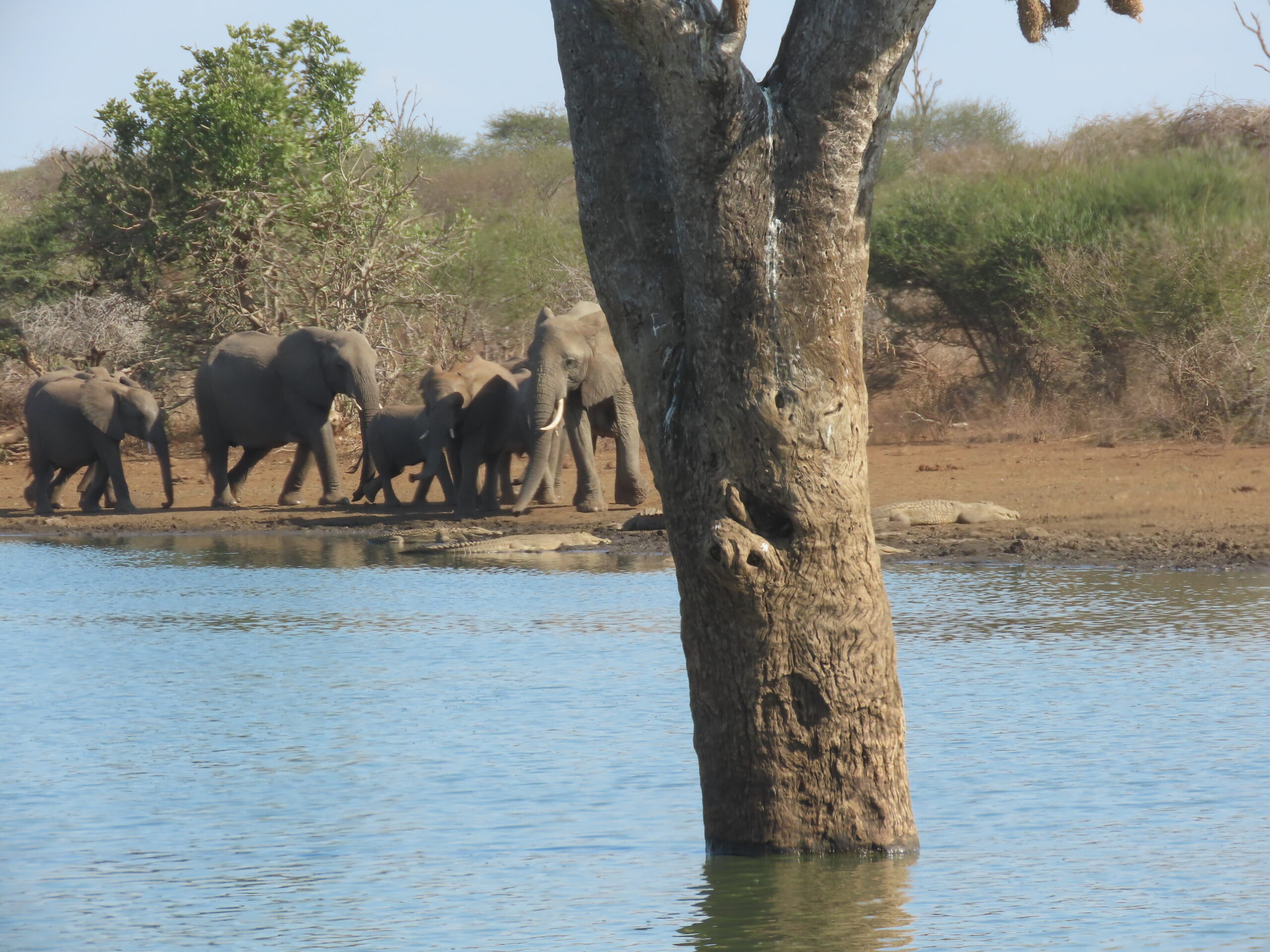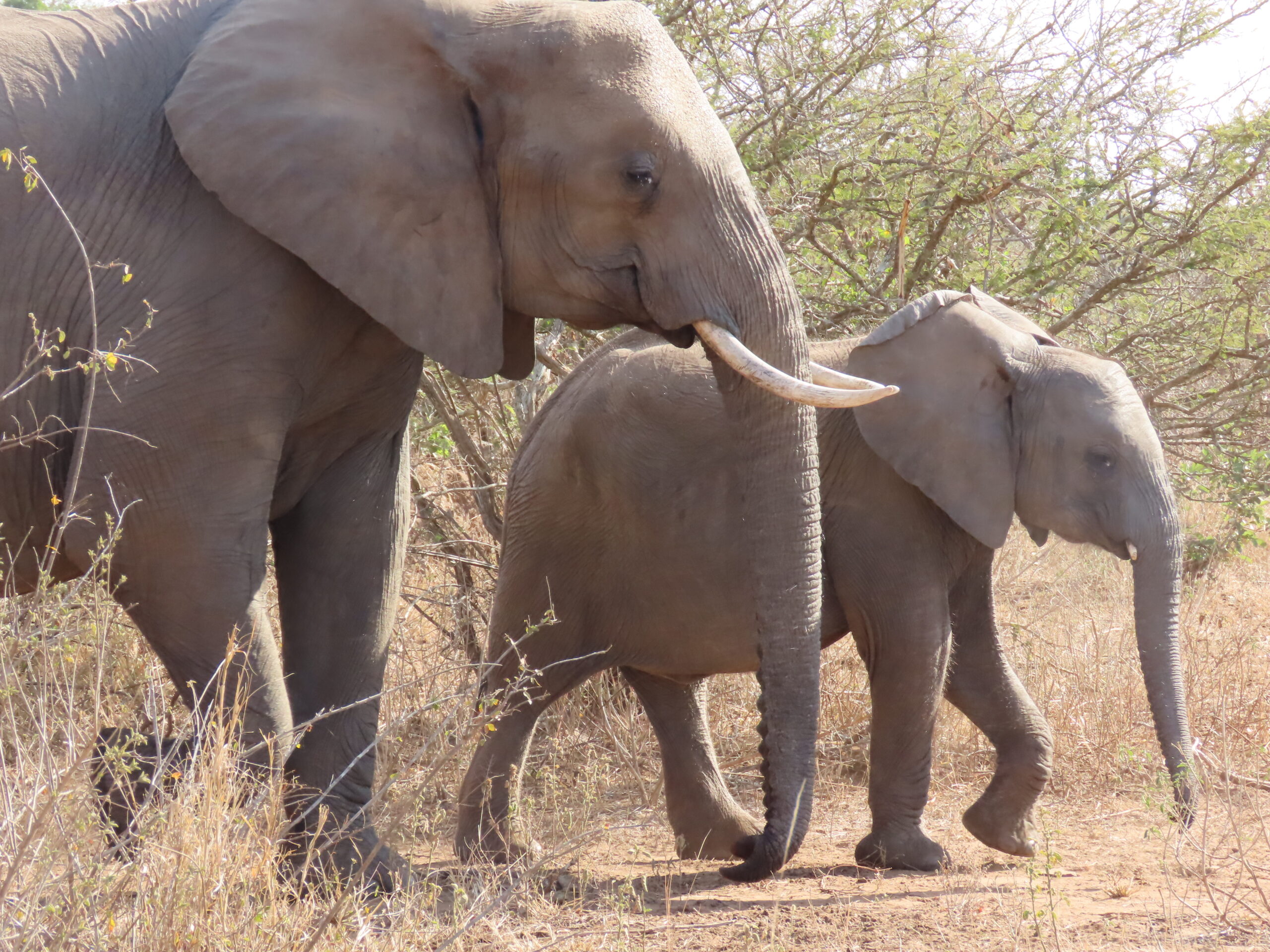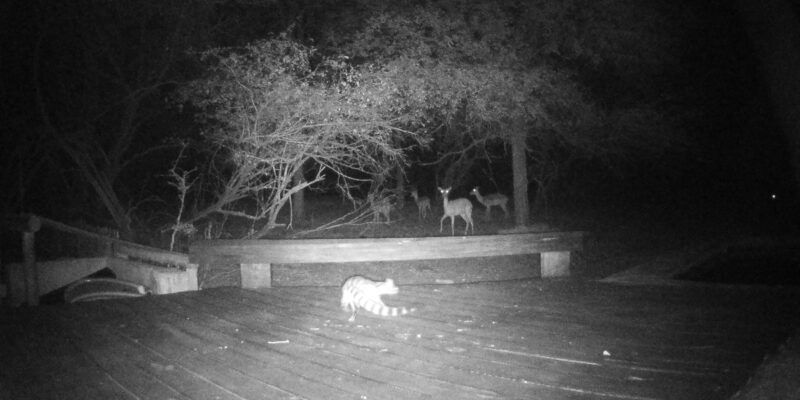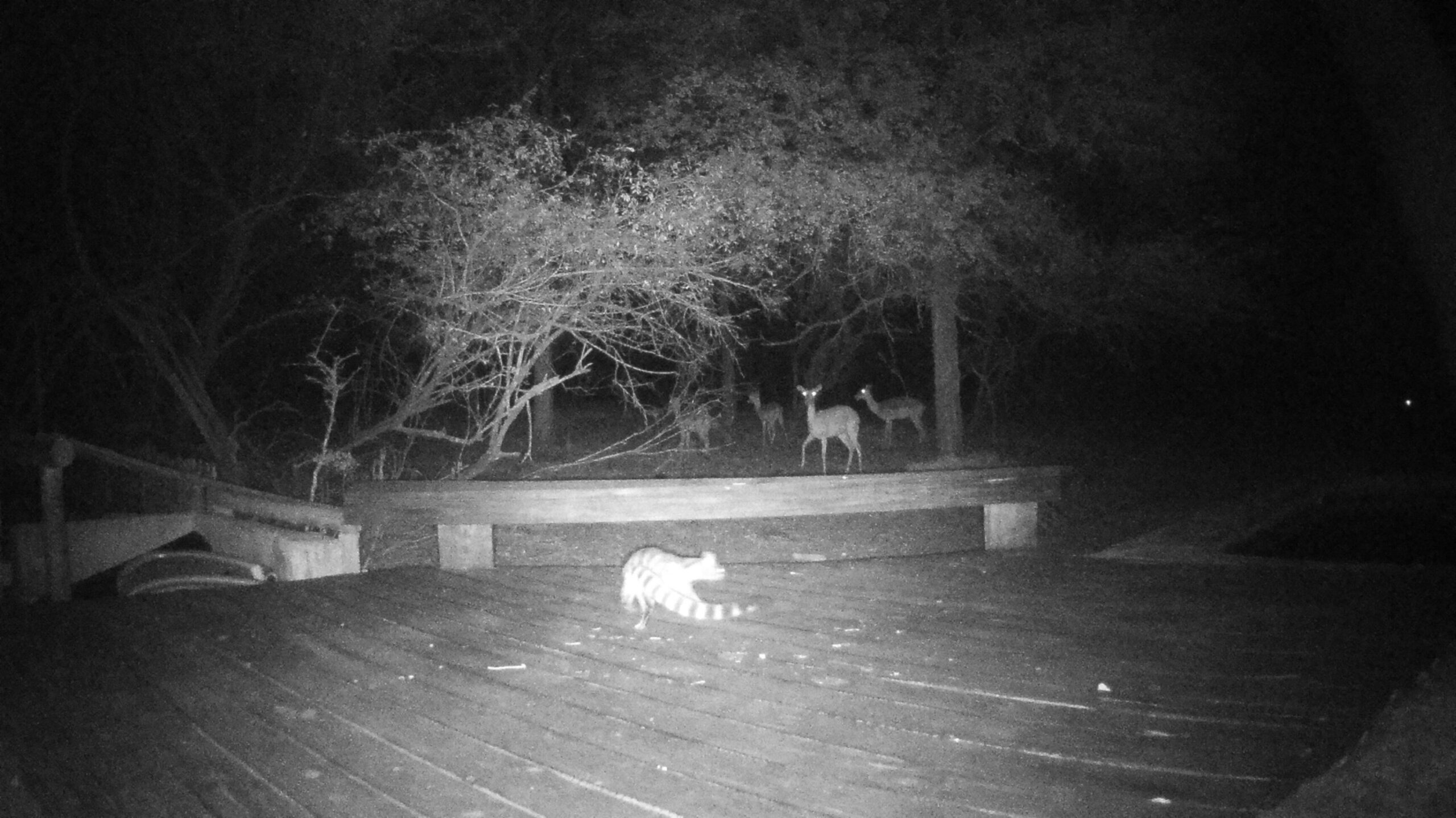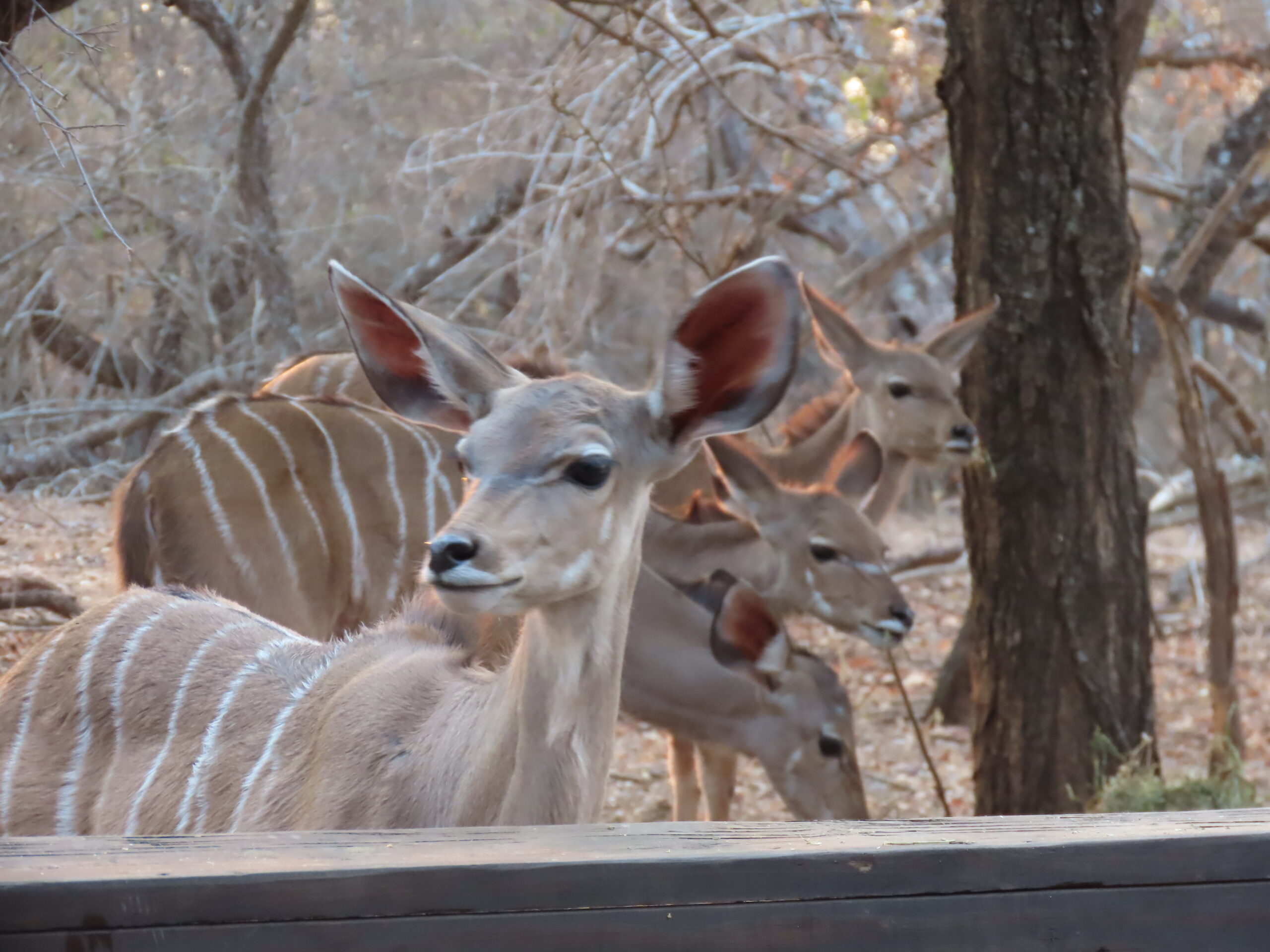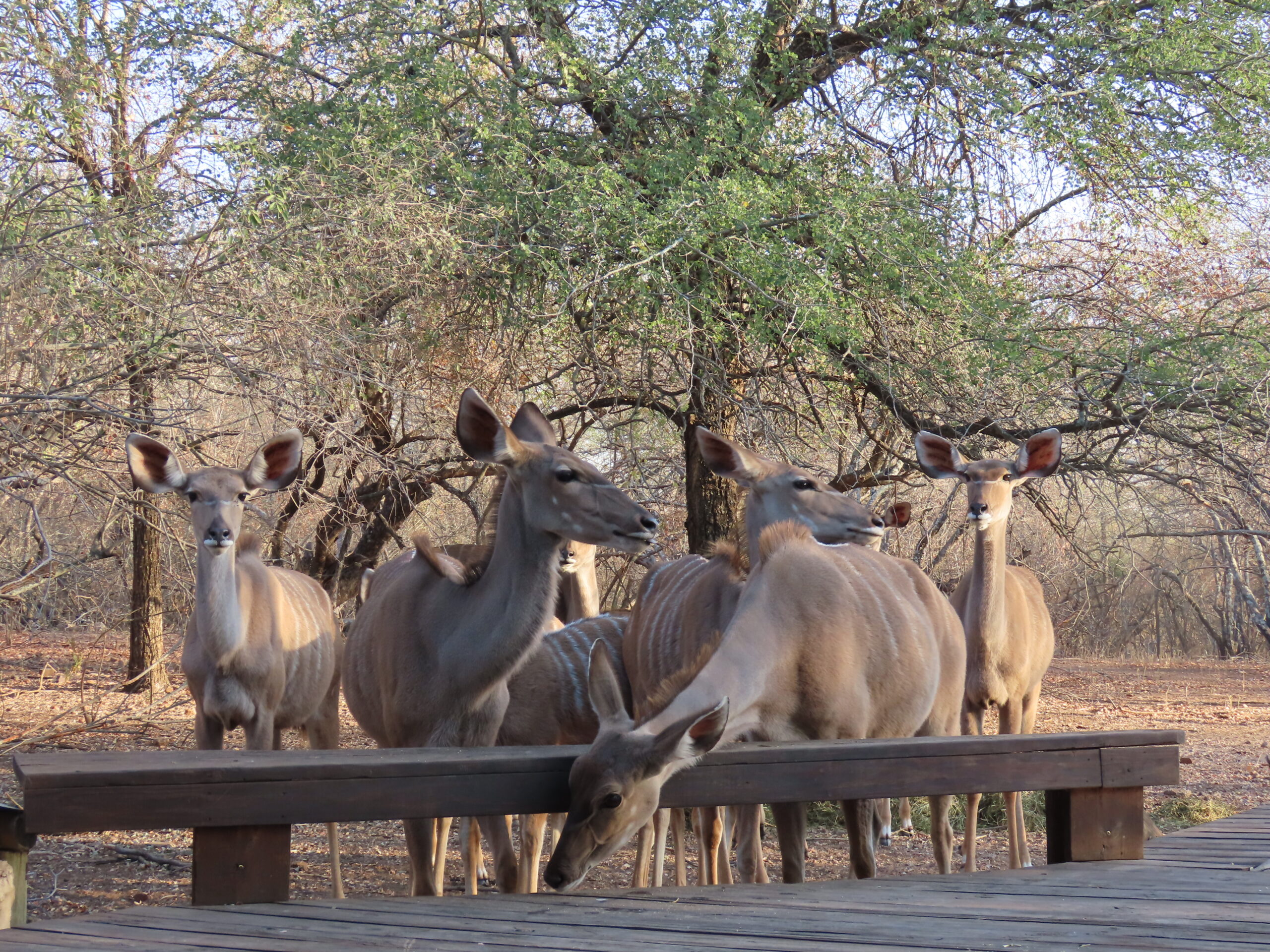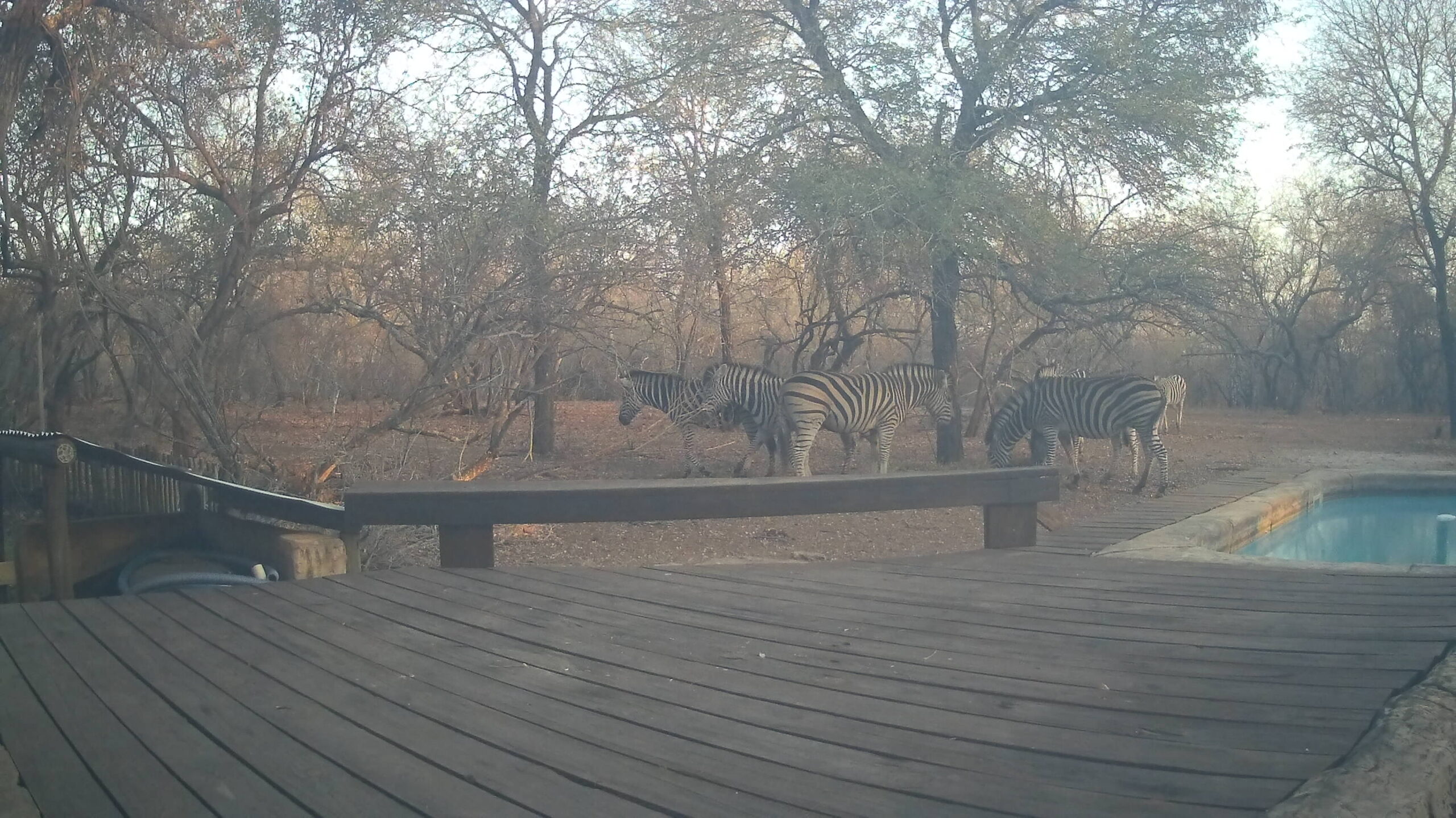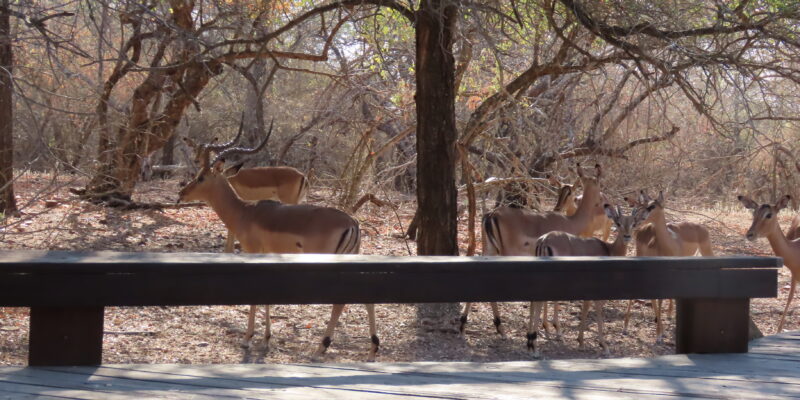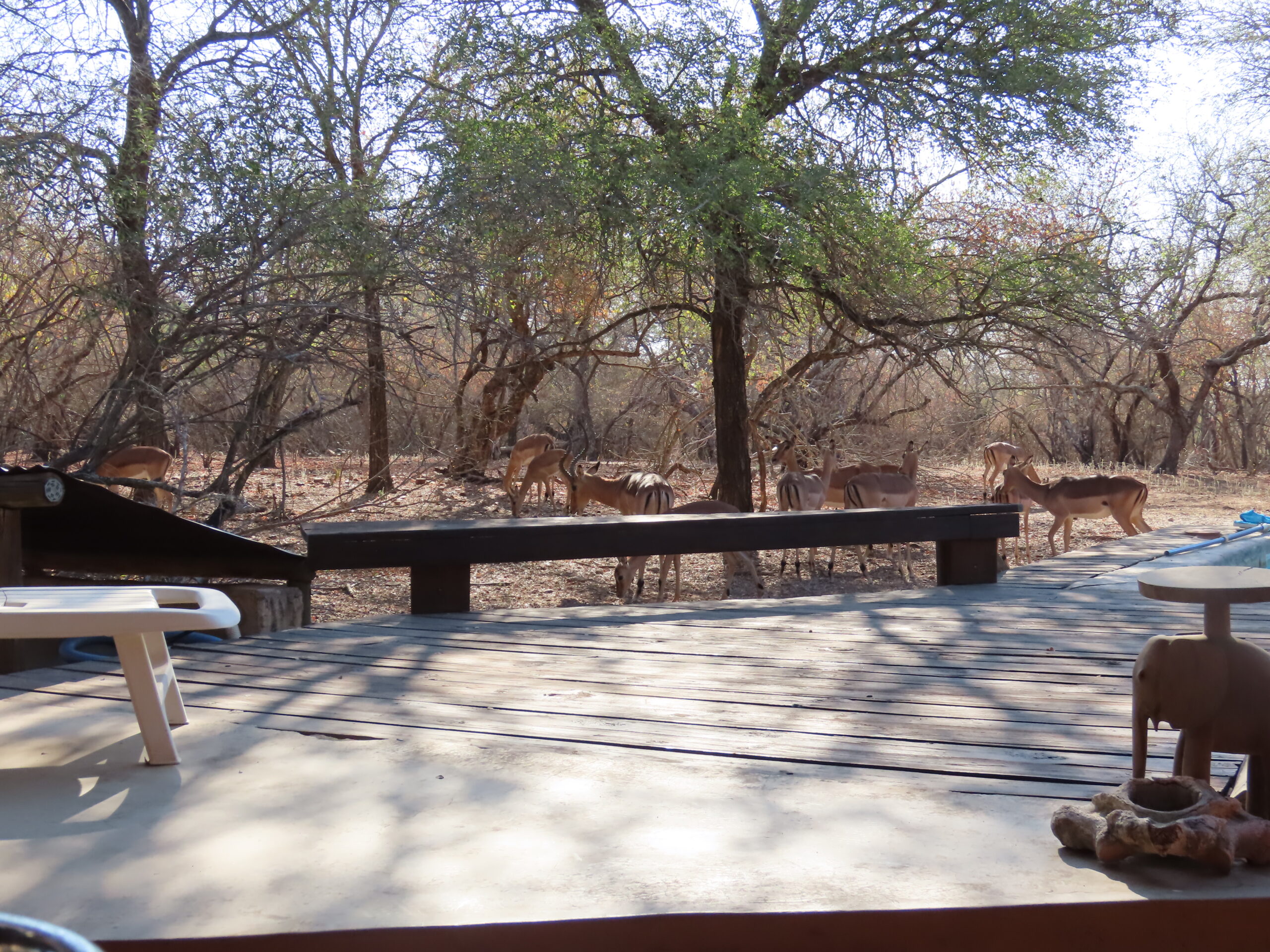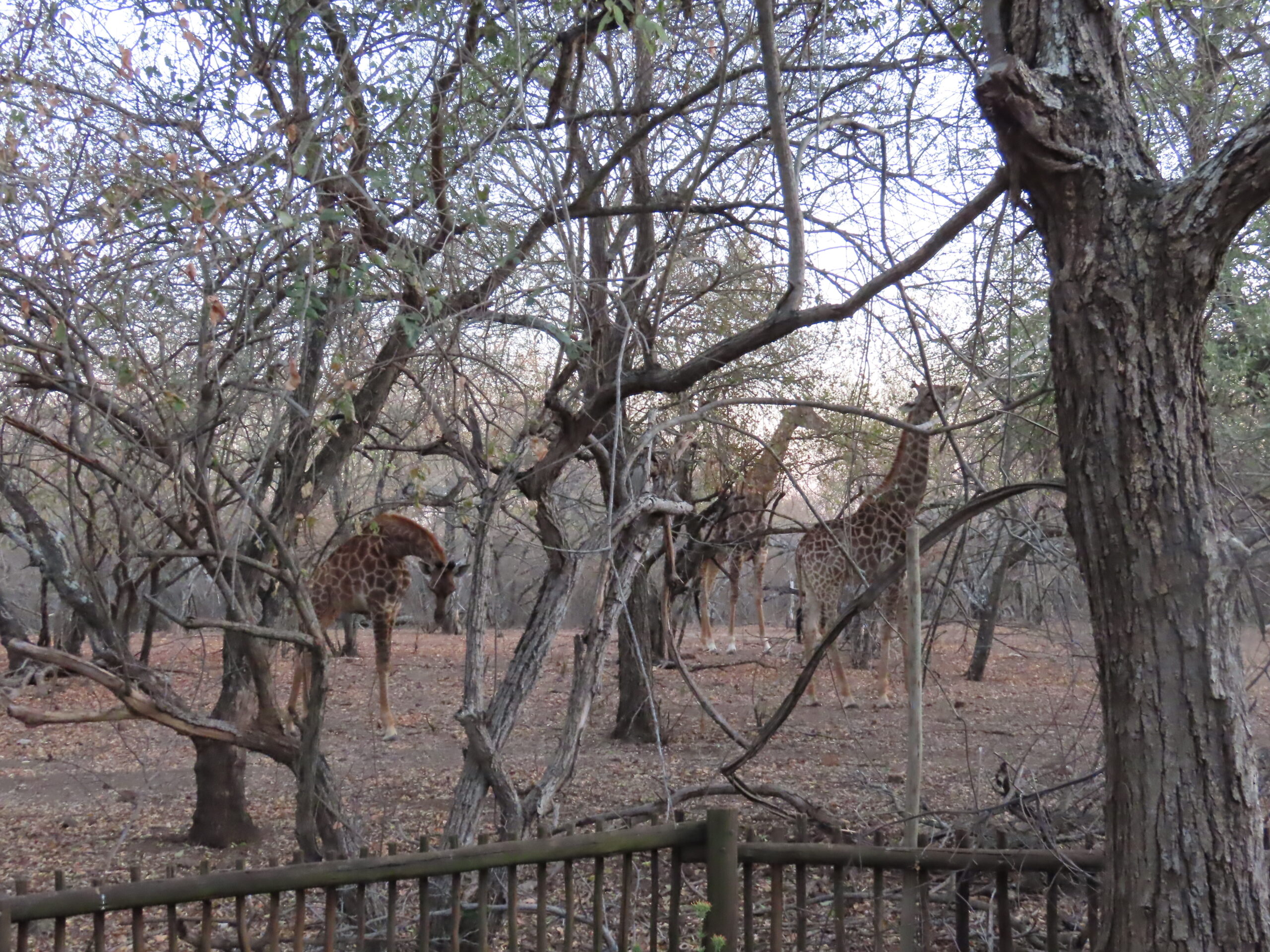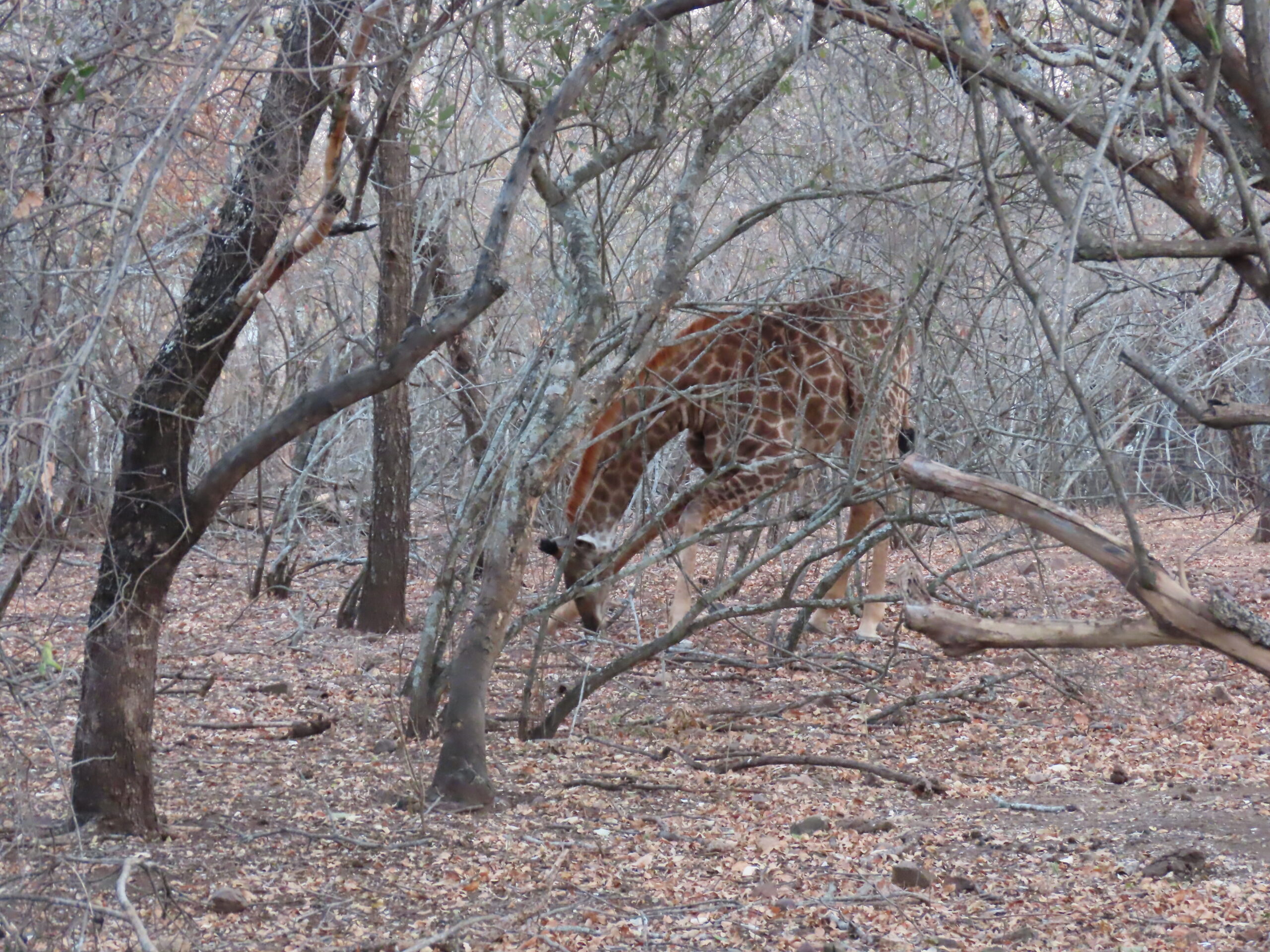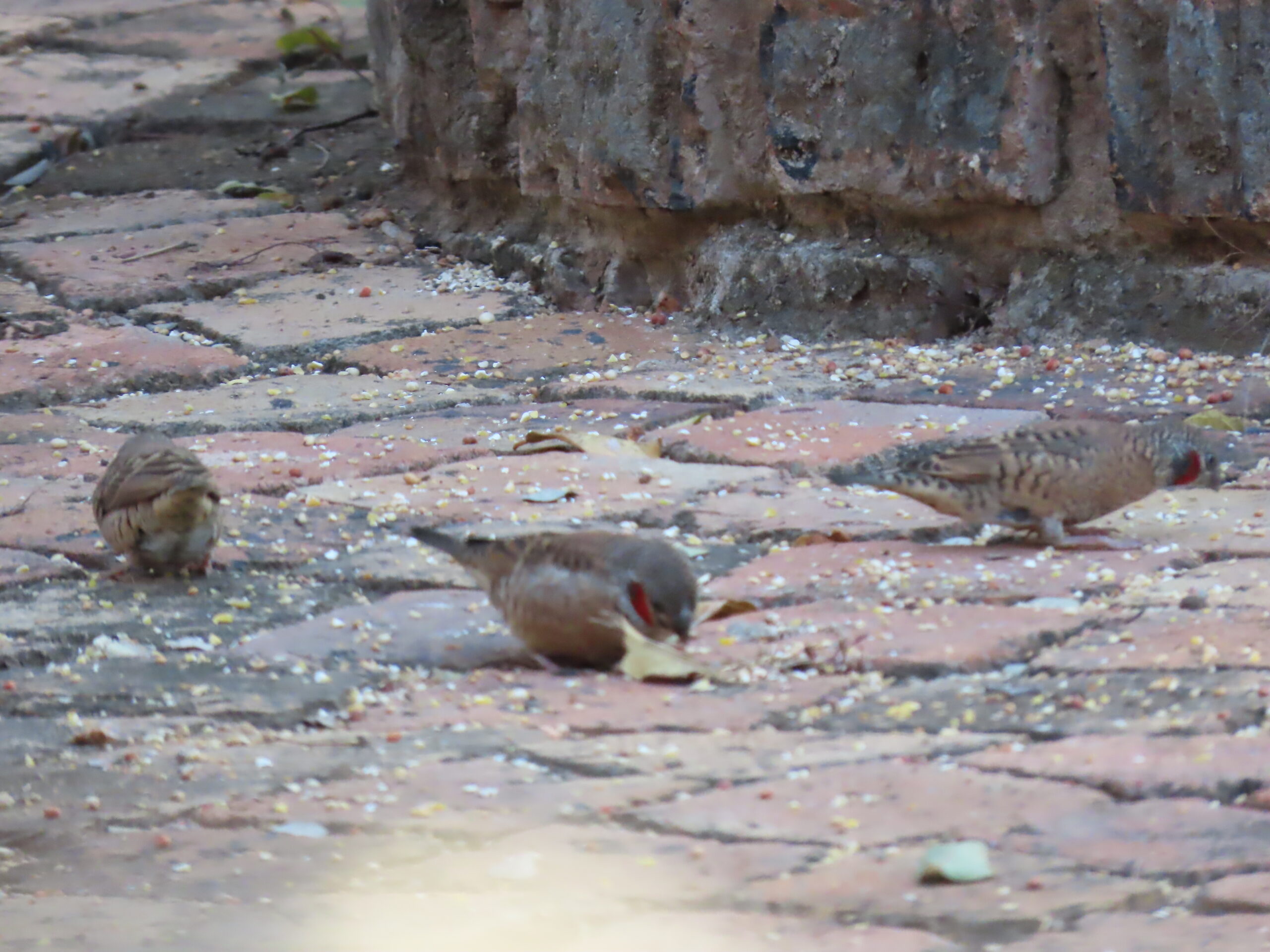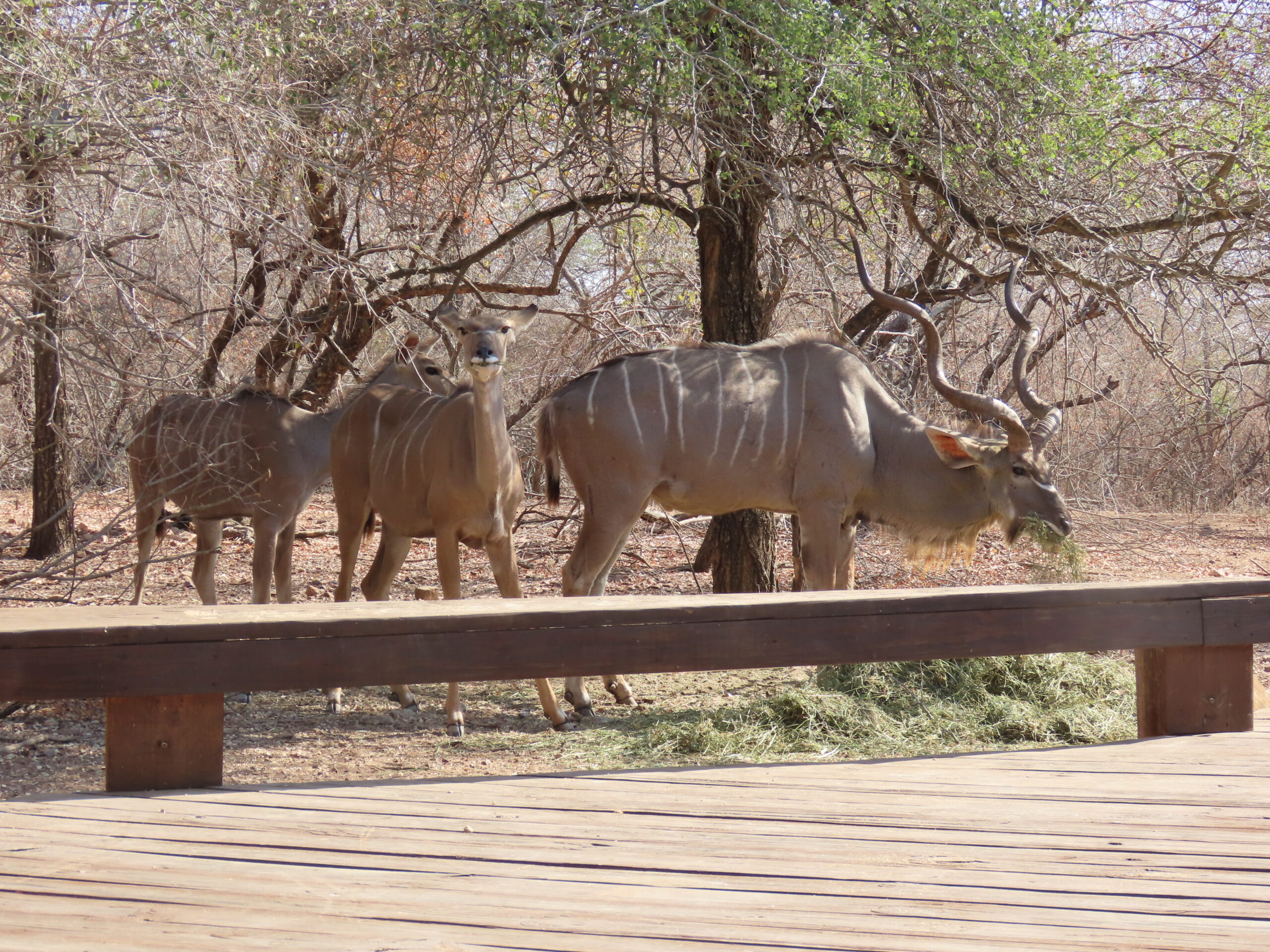
As we consider where we may travel after we attend grandson Miles’ graduation in Minnesota in May 2026, costs are always a consideration. With inflation escalating worldwide, we find ourselves digging a little deeper to find countries suitable to our criteria for quality vacation homes that appeal to our desires at a cost we can comfortably afford.
The Most Economical Countries to Visit in 2025
Traveling the world doesn’t have to break the bank. Some of the most memorable adventures can be found in places where your money stretches further, allowing for more extended stays, richer experiences, and less stress about your budget. In 2025, these countries stand out for offering incredible value while still delivering on beauty, culture, cuisine, and comfort.
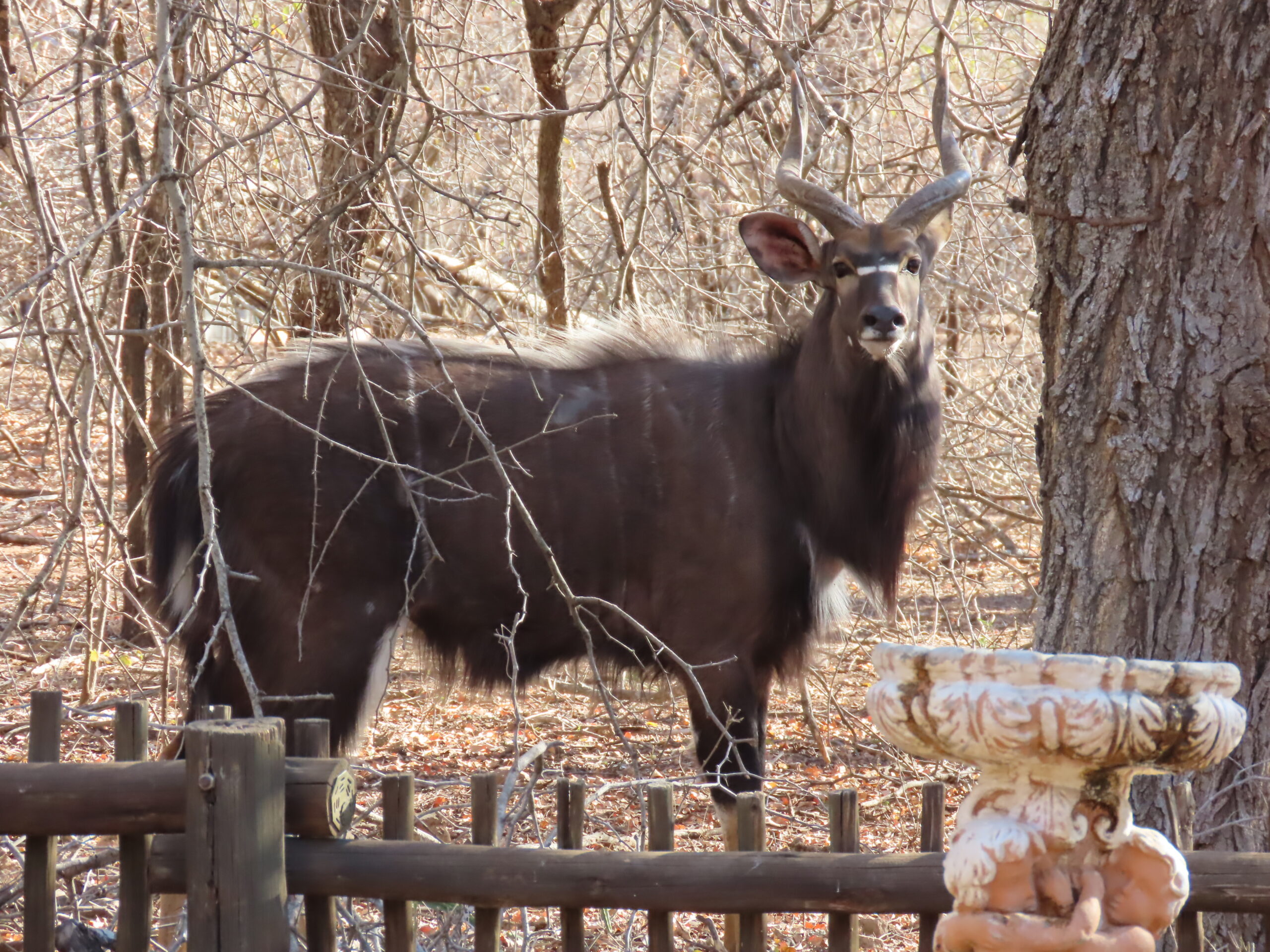
1. Vietnam
Vietnam continues to be one of the most budget-friendly destinations in Southeast Asia. For just a few dollars, travelers can enjoy delicious street food like pho, banh mi, and fresh spring rolls. Accommodation ranges from cheap hostels to comfortable guesthouses and boutique hotels. Public transportation and motorbike rentals are affordable and efficient. Highlights include exploring the limestone cliffs of Ha Long Bay, wandering the lantern-lit streets of Hoi An, and experiencing the vibrant chaos of Hanoi and Ho Chi Minh City.
2. Georgia (the country)
Georgia is rapidly gaining popularity for its mix of mountain landscapes, ancient churches, warm hospitality, and affordability. Located at the crossroads of Europe and Asia, this small nation offers budget-conscious travelers a taste of wine country (it’s one of the oldest wine regions in the world), hearty food, and scenic towns like Tbilisi and Kazbegi. Public transport is cheap, and many homestays include meals, making it easy to experience local culture.
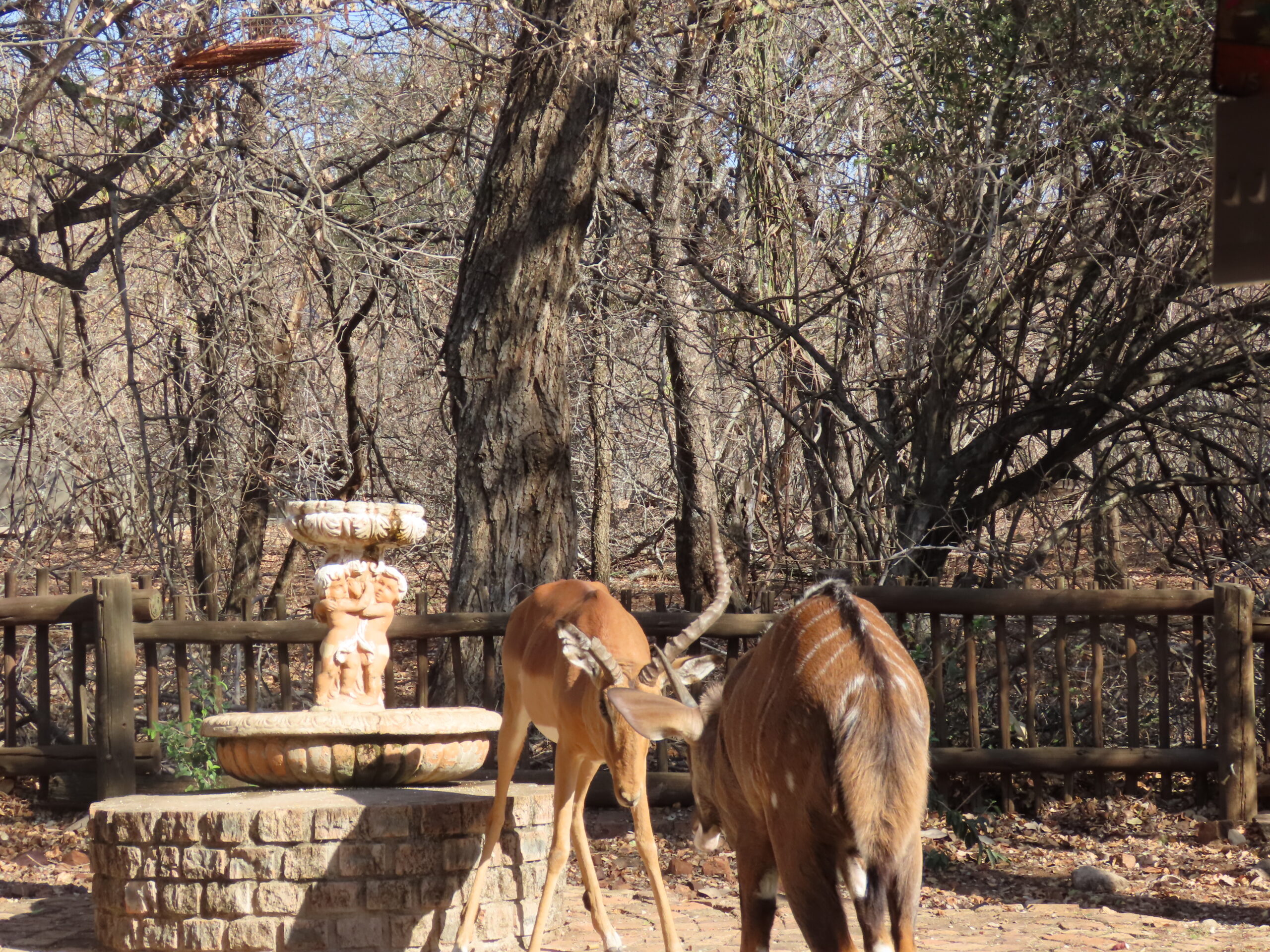
3. Mexico
Beyond the well-known resort towns, Mexico offers a rich tapestry of affordable travel experiences. Colonial cities like Oaxaca and Guanajuato are filled with charm and history, while the Yucatán Peninsula offers beautiful beaches and cenotes at reasonable prices. Street tacos, fresh fruit, and traditional meals are incredibly cheap, and local buses and collectivos help cut transportation costs. In 2025, the exchange rate continues to be favorable for foreign visitors, making Mexico a solid budget destination.
4. Albania
Often overlooked in favor of nearby Italy or Greece, Albania is a hidden gem for travelers seeking Mediterranean beauty without the price tag. The Albanian Riviera offers stunning beaches, turquoise water, and traditional seafood meals at a fraction of the cost of Western Europe. Cities like Tirana and Berat are filled with history and color, and the cost of food, transport, and lodging remains exceptionally low.
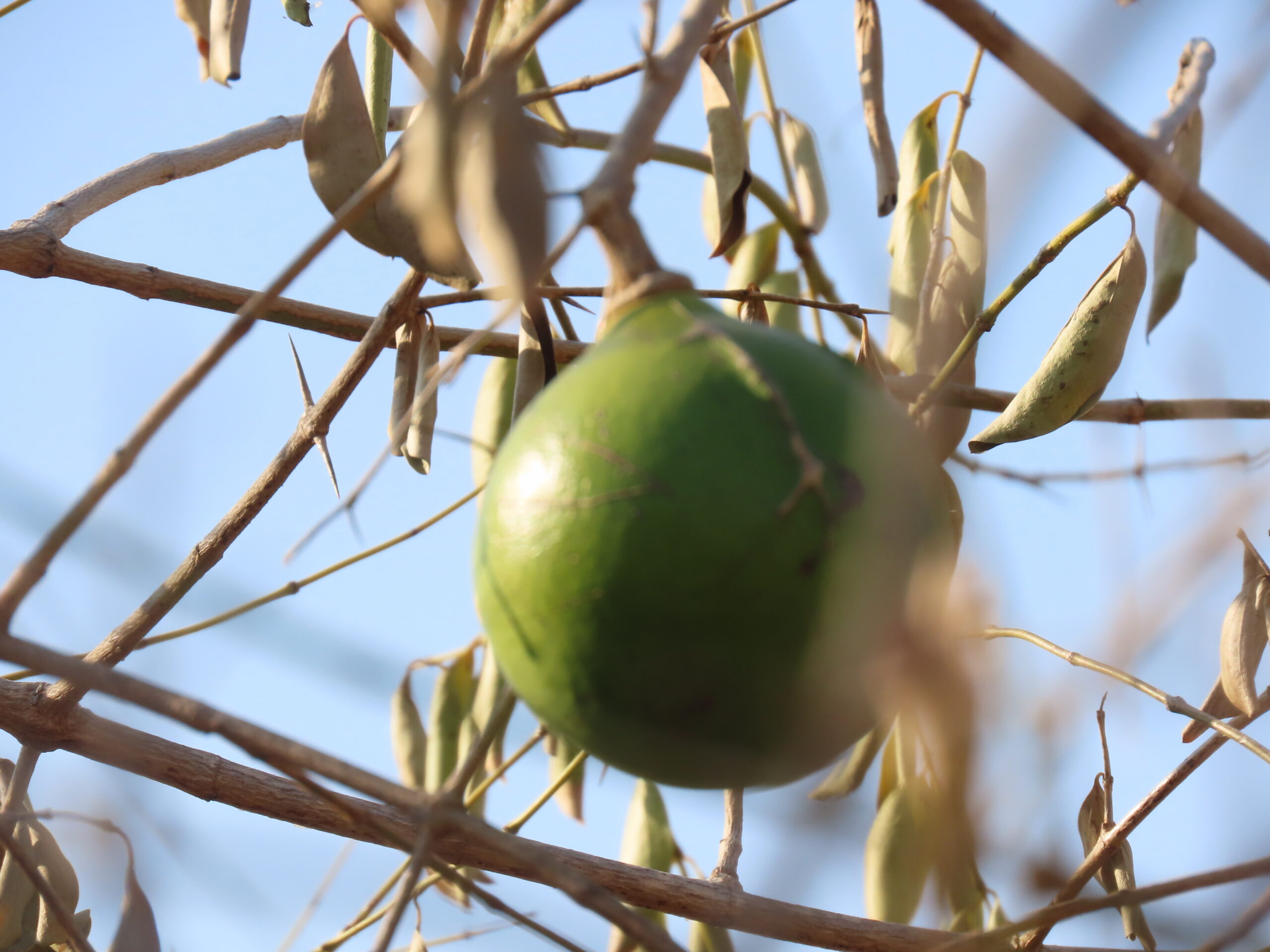
5. Nepal
For lovers of mountains and spiritual experiences, Nepal offers breathtaking scenery and affordability. Trekking routes like the Annapurna Circuit or Everest Base Camp can be done on a tight budget, especially when staying in teahouses along the way. Meals, lodging, and guides are reasonably priced. Even in Kathmandu and Pokhara, daily expenses can remain low while still enjoying temples, lakes, and local cuisine.
6. Bolivia
Bolivia is one of the cheapest countries to visit in South America. It’s a land of surreal landscapes—from the salt flats of Salar de Uyuni to the high-altitude city of La Paz. Food is hearty and affordable, accommodations range from hostels to mid-range hotels, and inter-city buses are inexpensive (though often long and bumpy). Despite some challenges with infrastructure, Bolivia rewards the budget traveler with unforgettable sights and adventures.
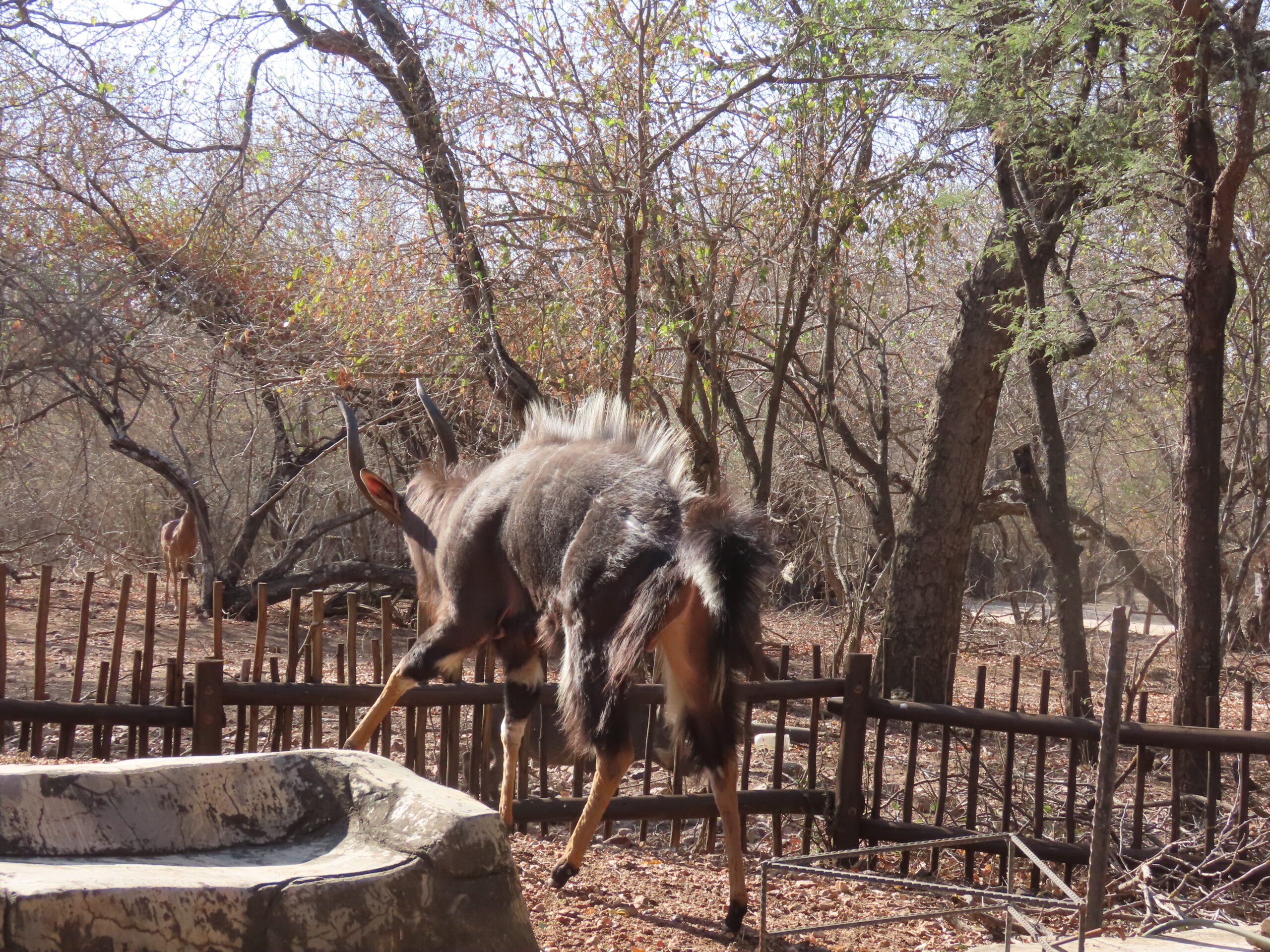
7. Morocco
Morocco offers a fascinating mix of Arab, Berber, and European influences. Budget travelers can wander the souks of Marrakech, hike in the Atlas Mountains, or sleep under the stars in the Sahara Desert. Street food and local restaurants offer flavorful meals for very little, and riads (traditional guesthouses) provide cultural charm at a good value. Trains and buses connect major cities affordably and efficiently.
While luxury destinations have their appeal, there’s something gratifying about discovering the world on a budget. These countries prove that with thoughtful planning and a sense of adventure, you can enjoy incredible experiences without spending a fortune. Whether you crave natural beauty, cultural immersion, or mouthwatering cuisine, the world is vast—and wonderfully affordable in 2025.
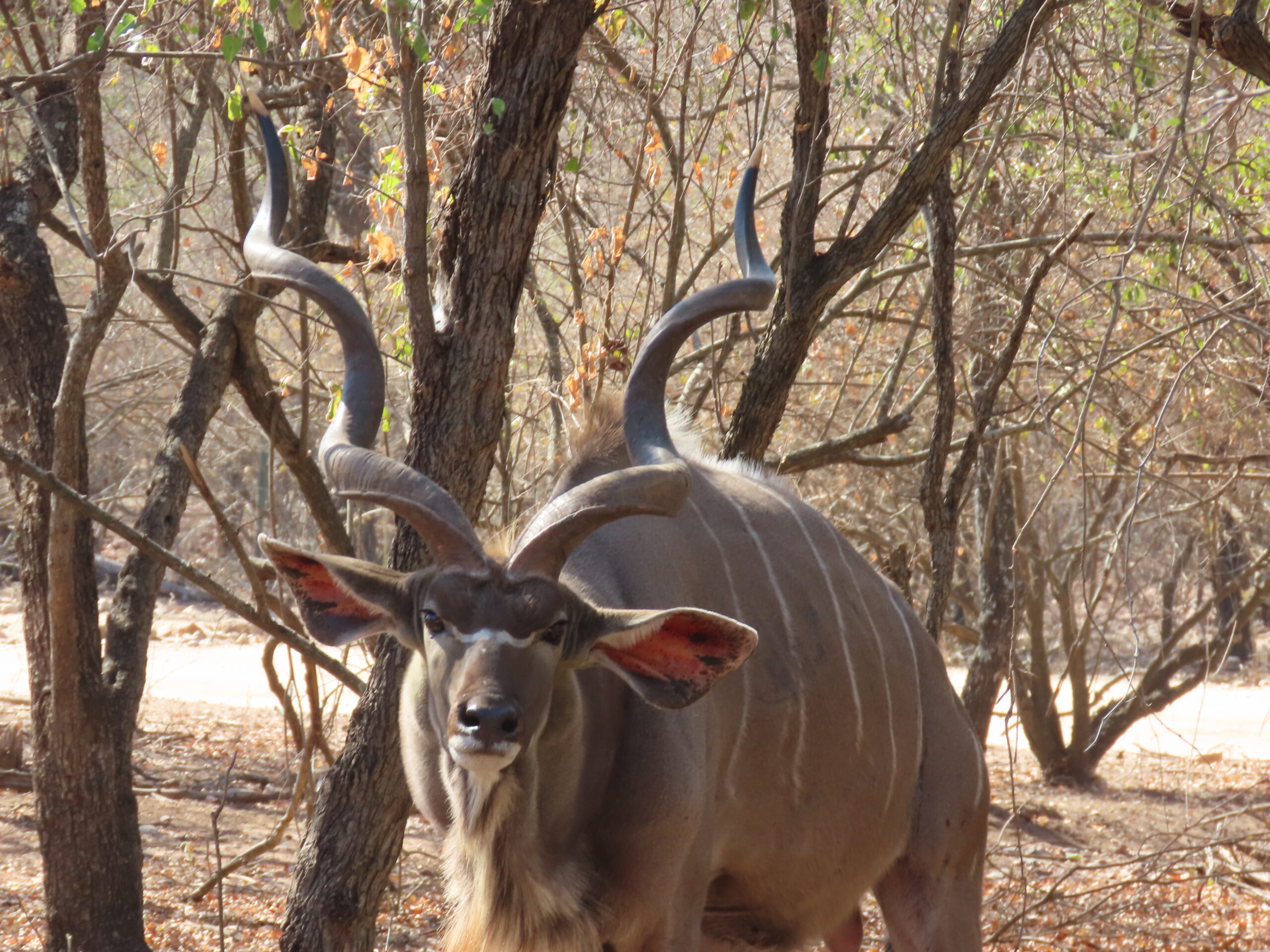
We’ve been to three of the above countries, Vietnam, Mexico, and Morocco, and have considered the others as possibilities for the future.
We’ve had a fantastic time with Kady and Rich. Tomorrow afternoon, driver Wayland will pick them up in the early afternoon to make the 80-minute drive to the Mpumalanga/Nelspruit/Kruger Airport to begin the long journey back to their home in Florida. They’ve only recovered from jetlag in the past few days, and they’ll begin again with jetlag returning to the US.
Today, Kady and I are going to lunch for “girl time” at Giraffe at noon while Tom and Rich head to the Crocodile River to see what’s happening across the river in Kruger.
That’s it for today, folks. Sorry, we missed you yesterday.
Be well.
Photo from ten years ago today, July 13, 2015:




